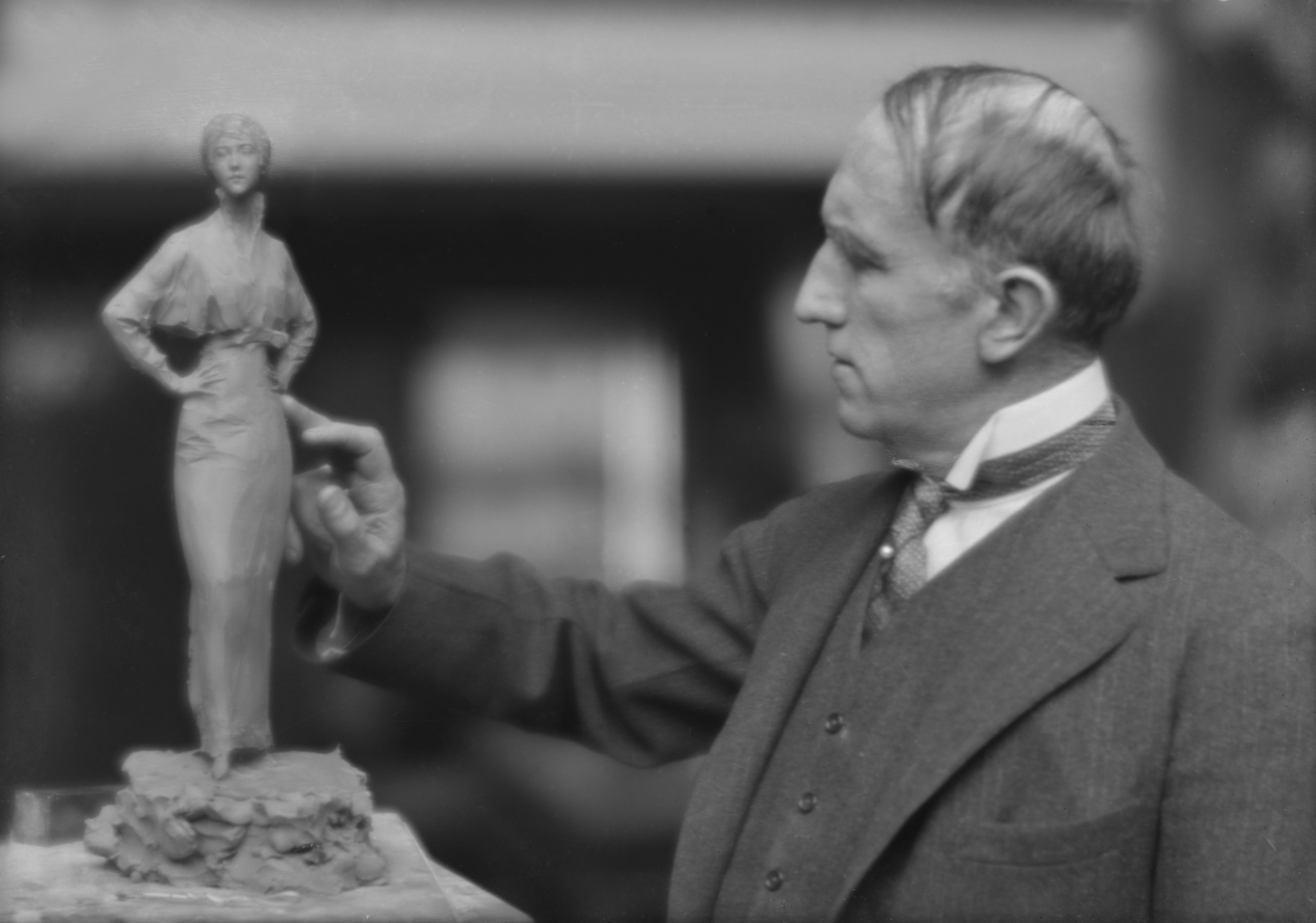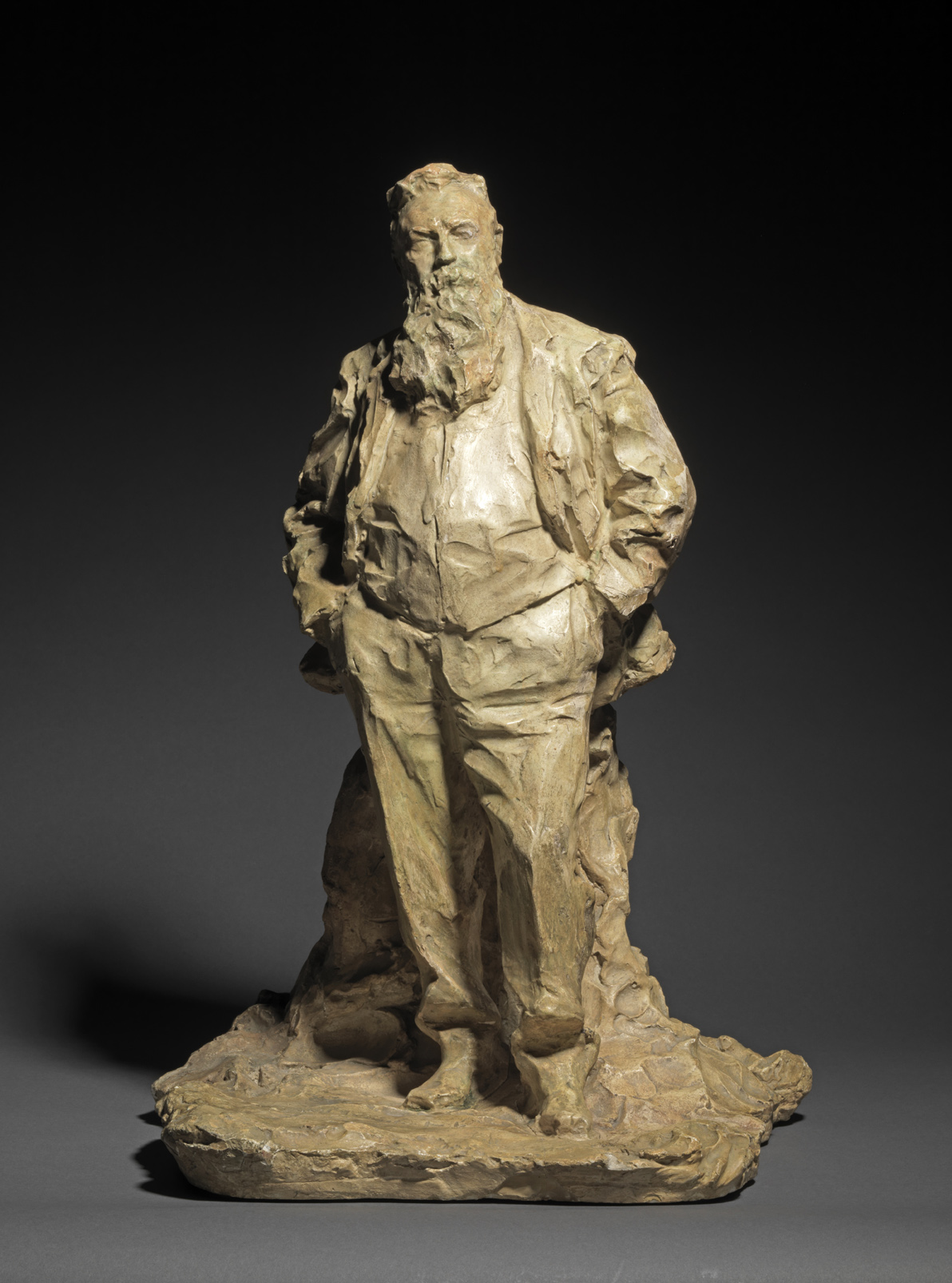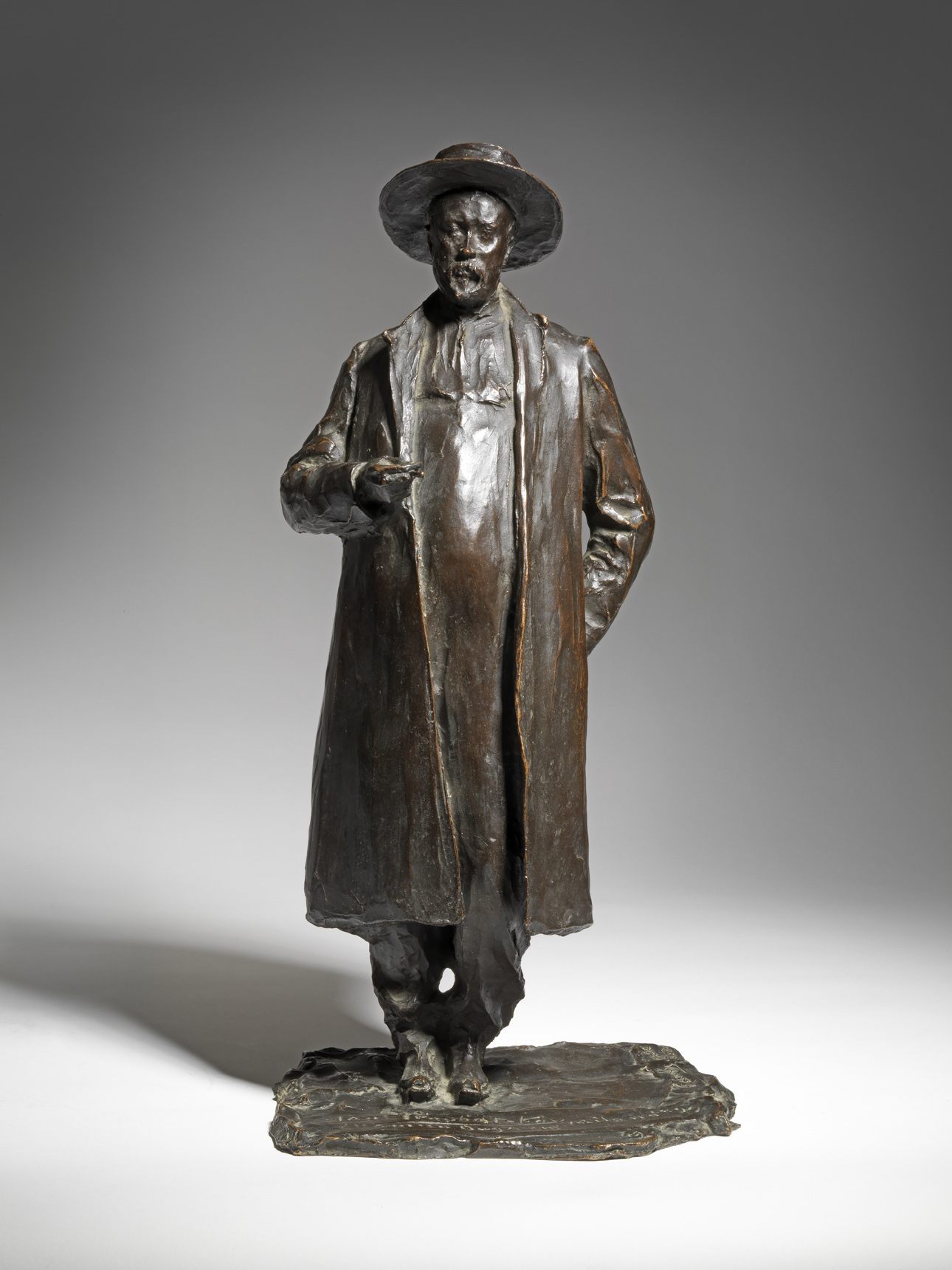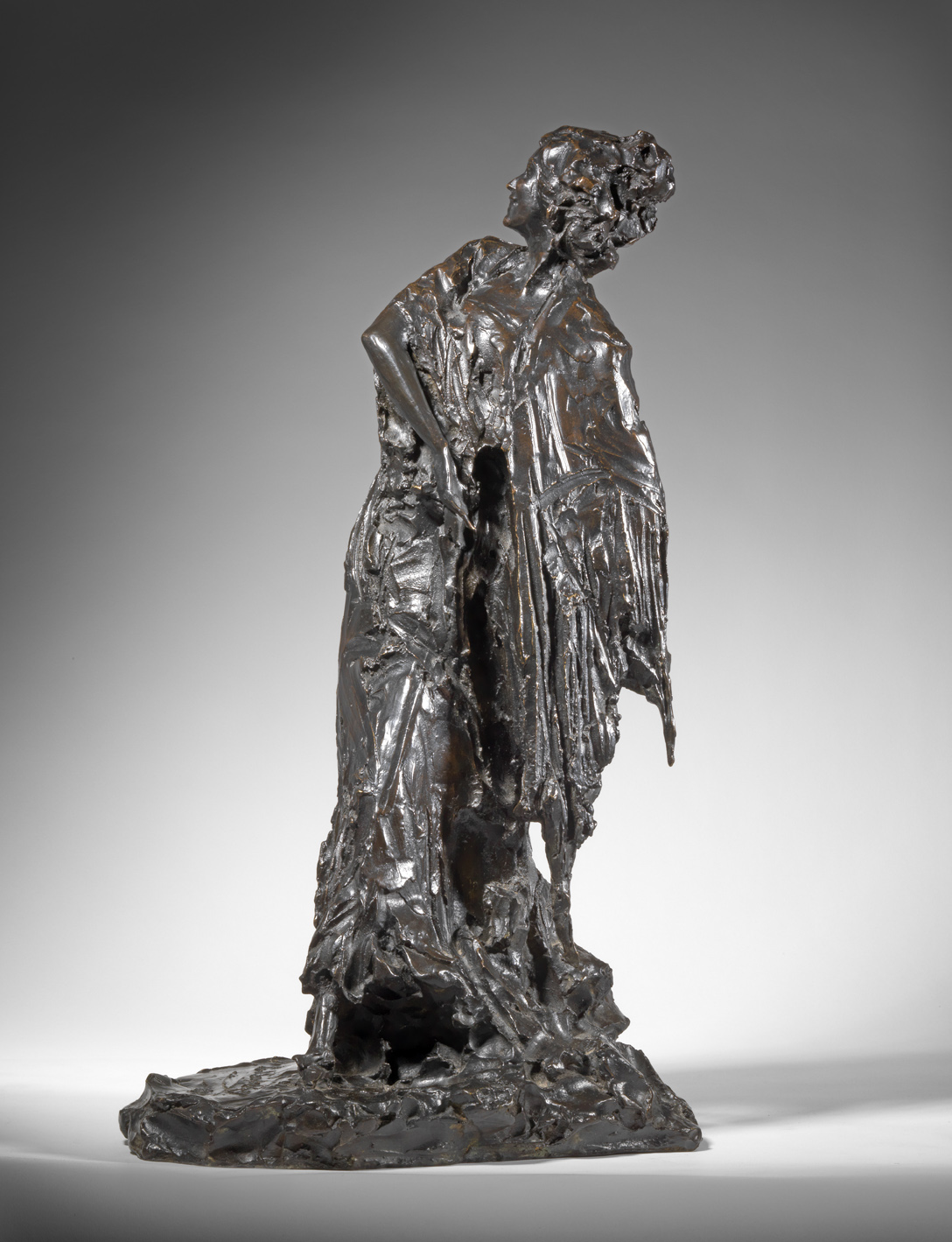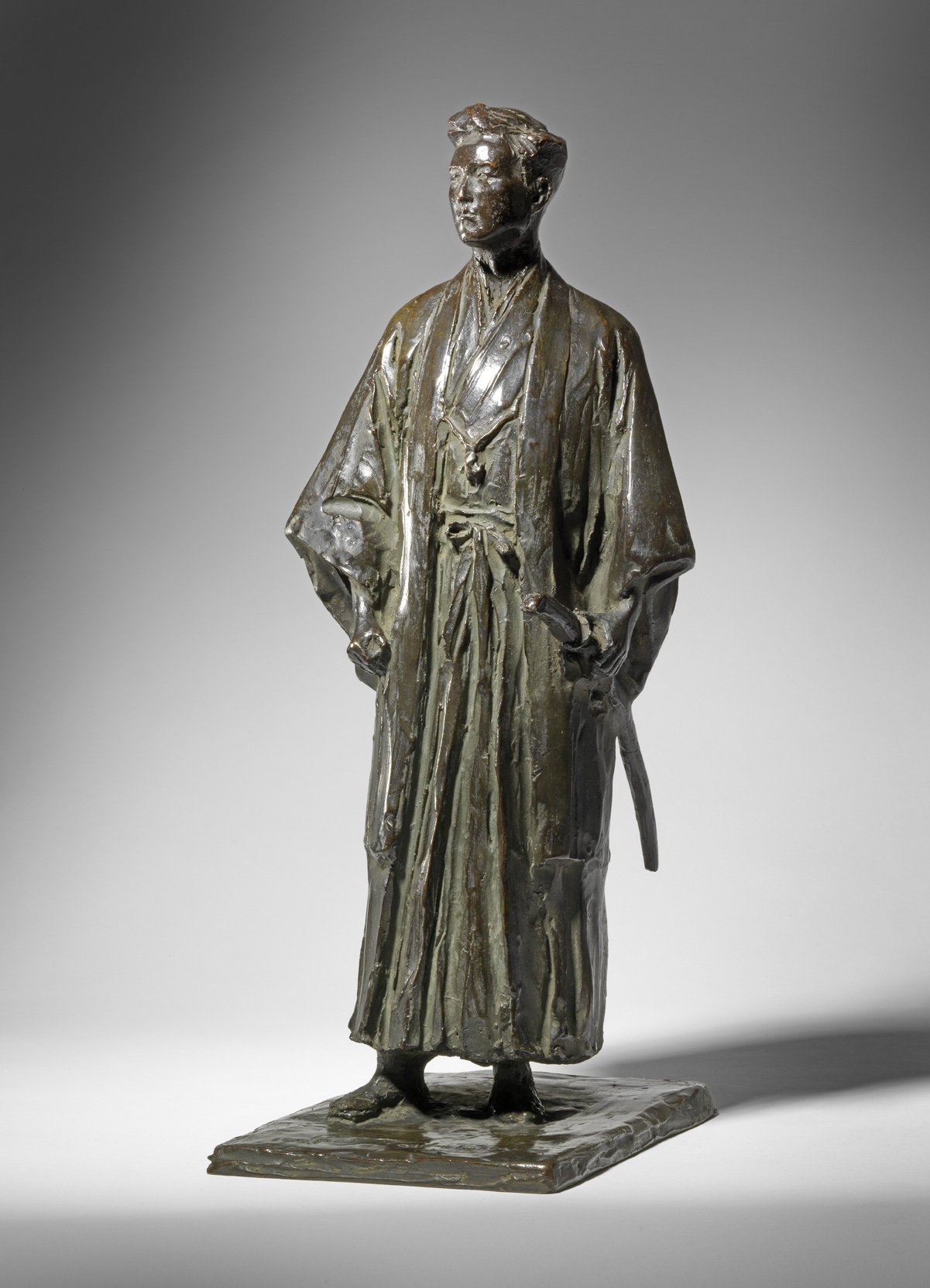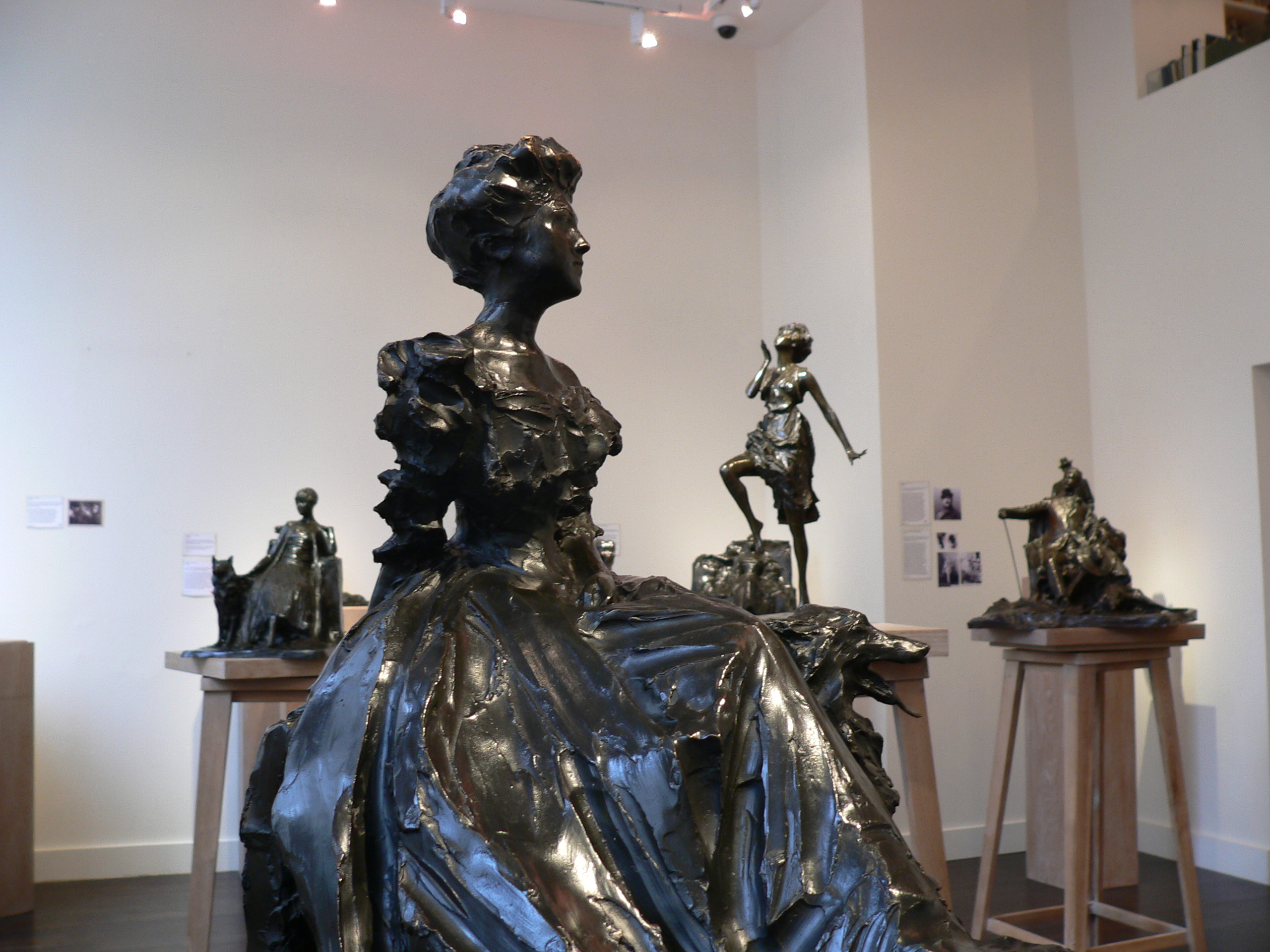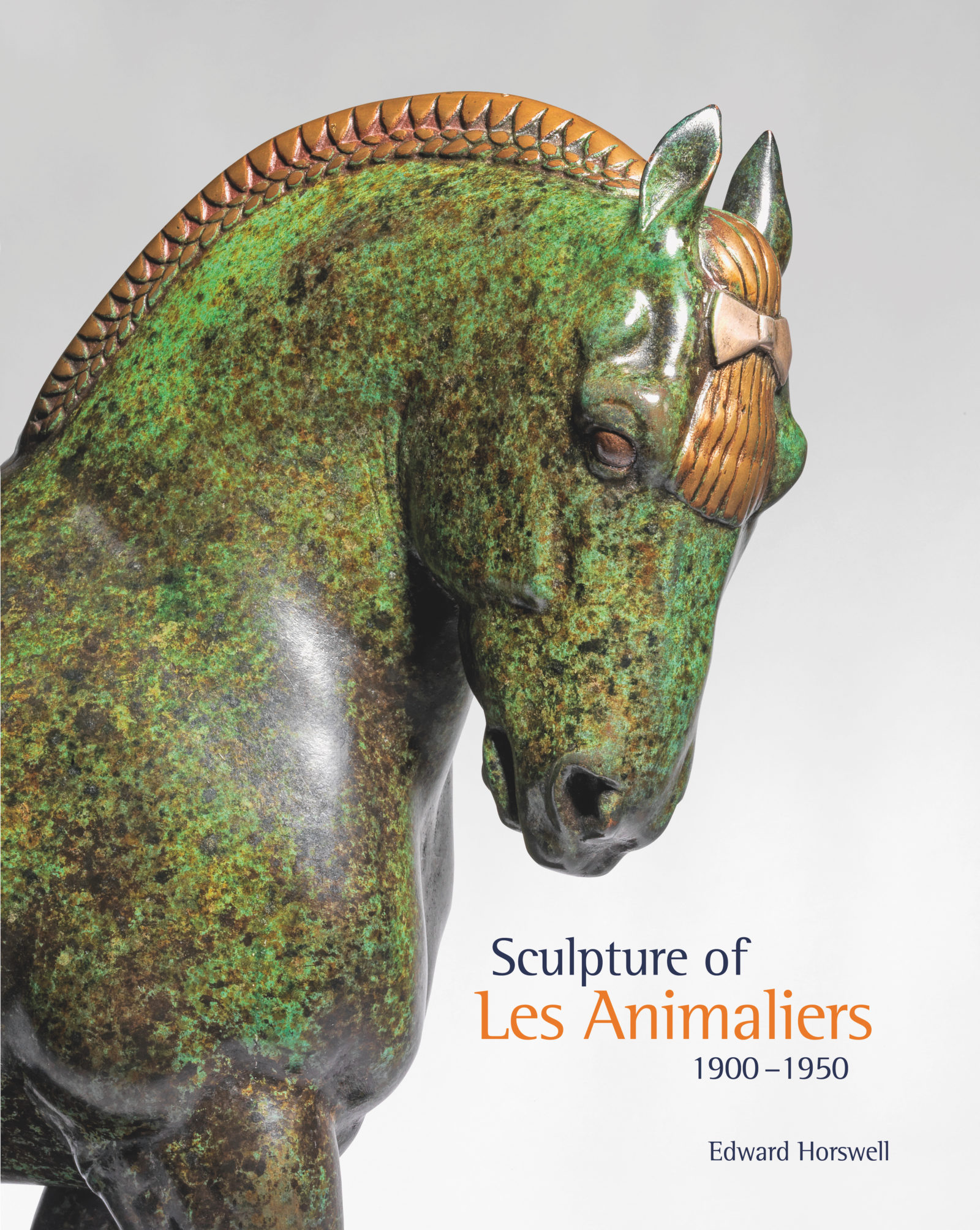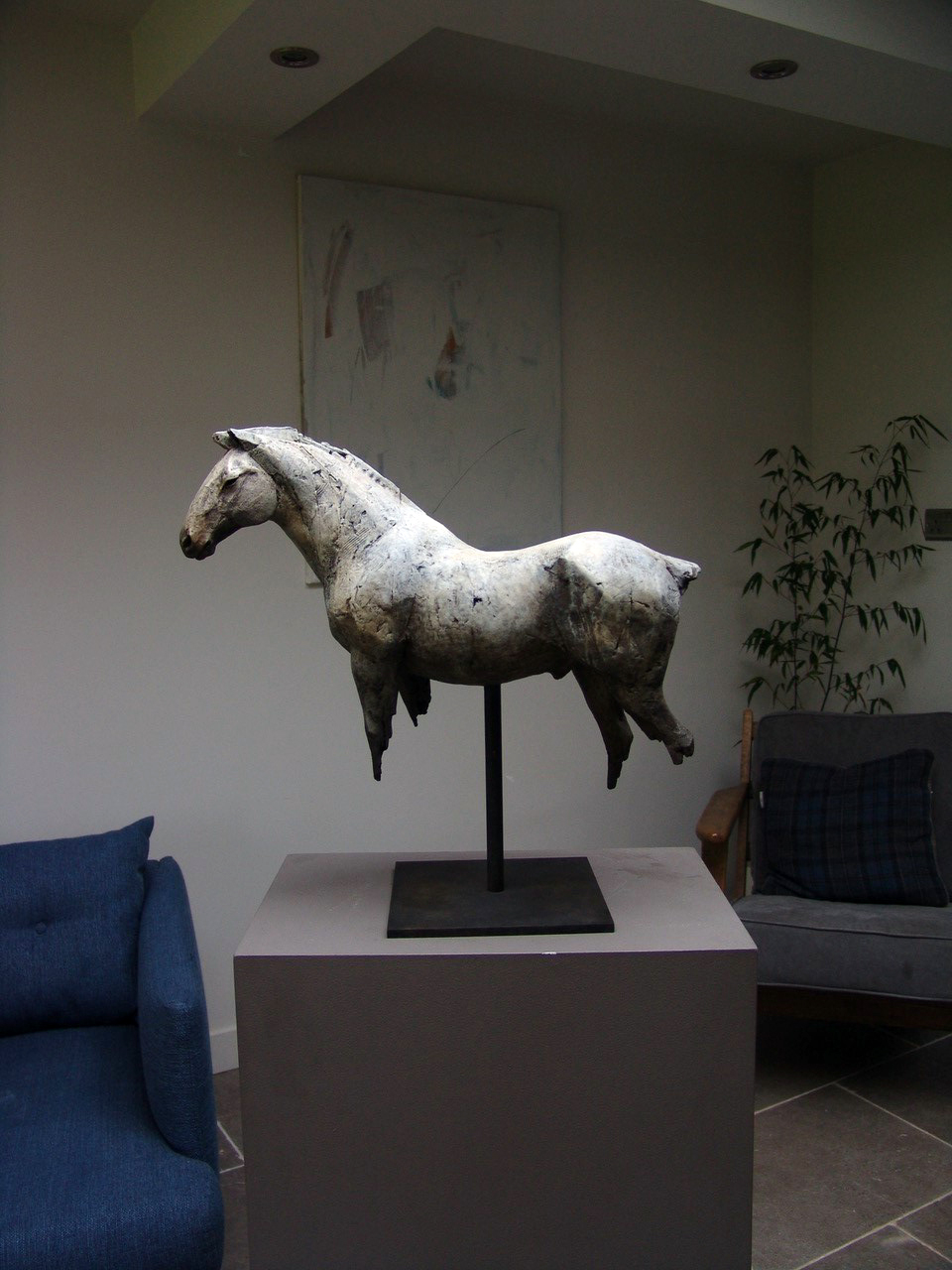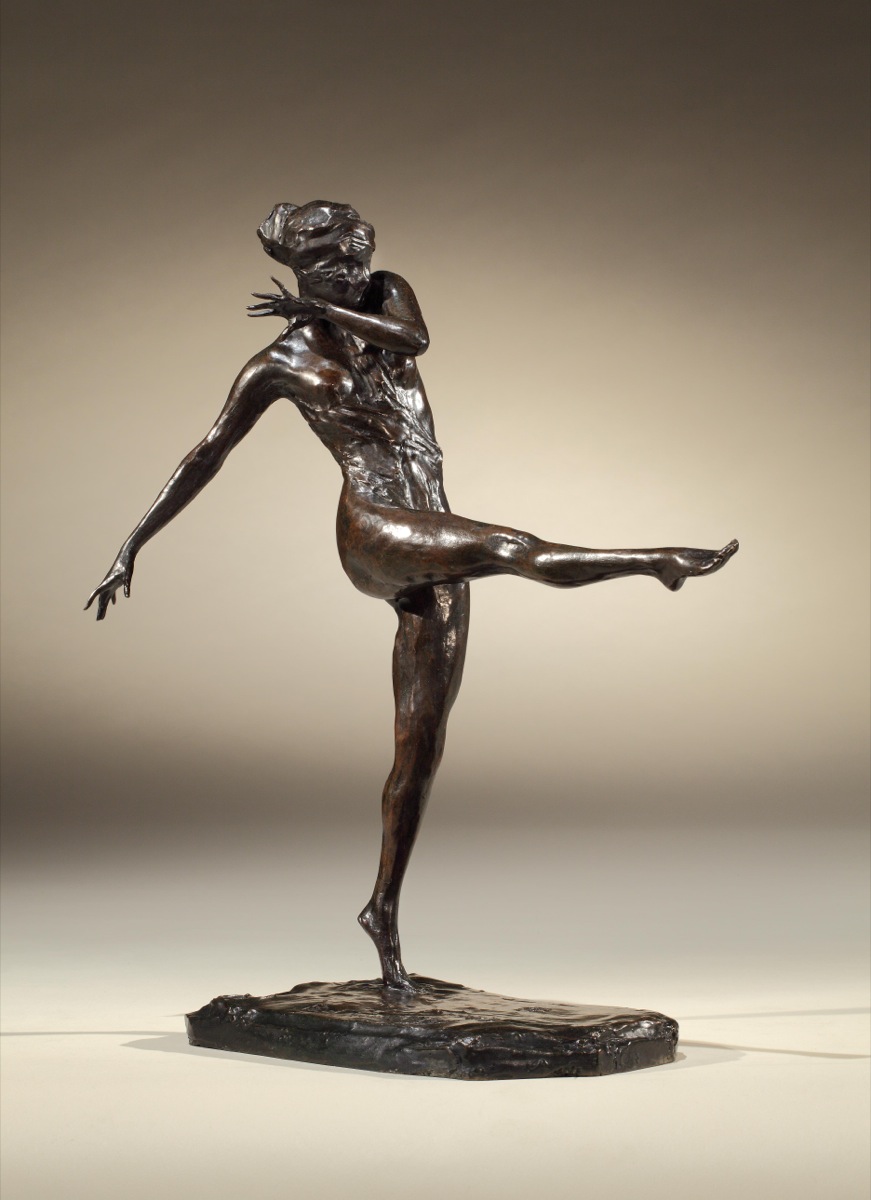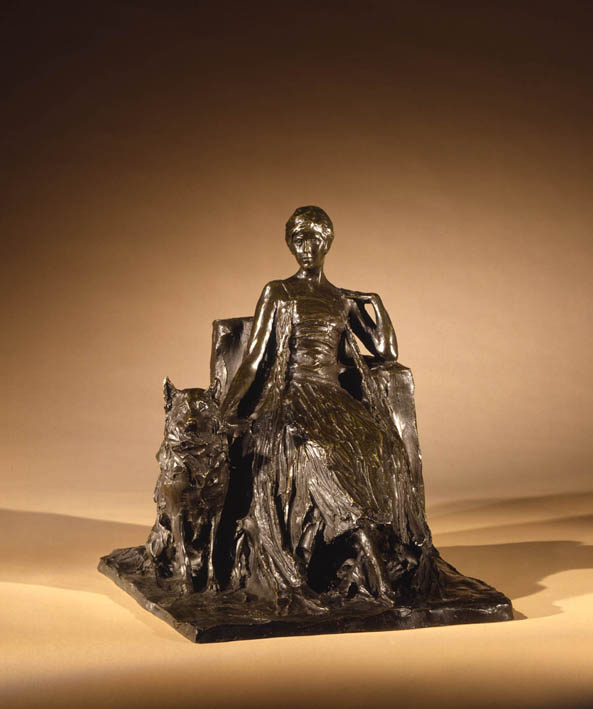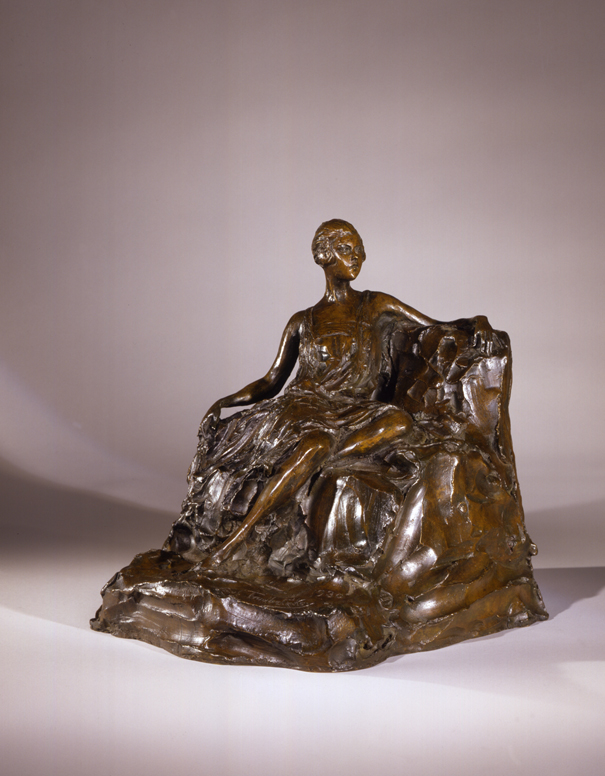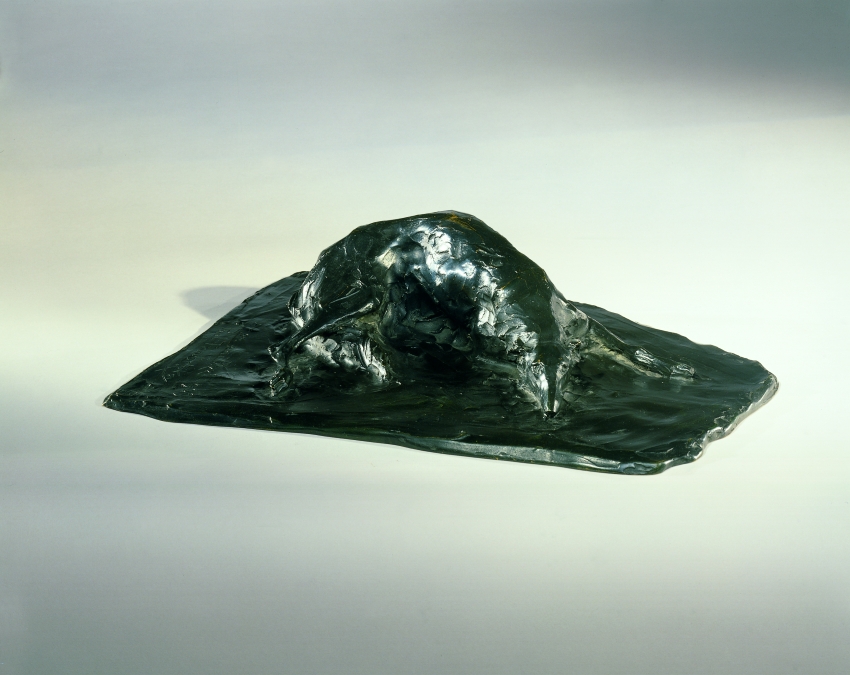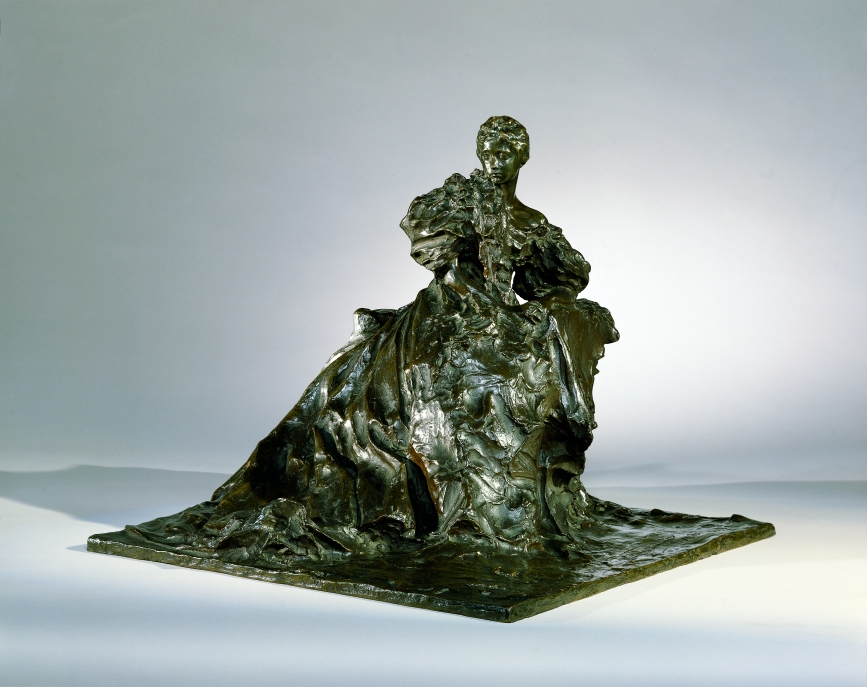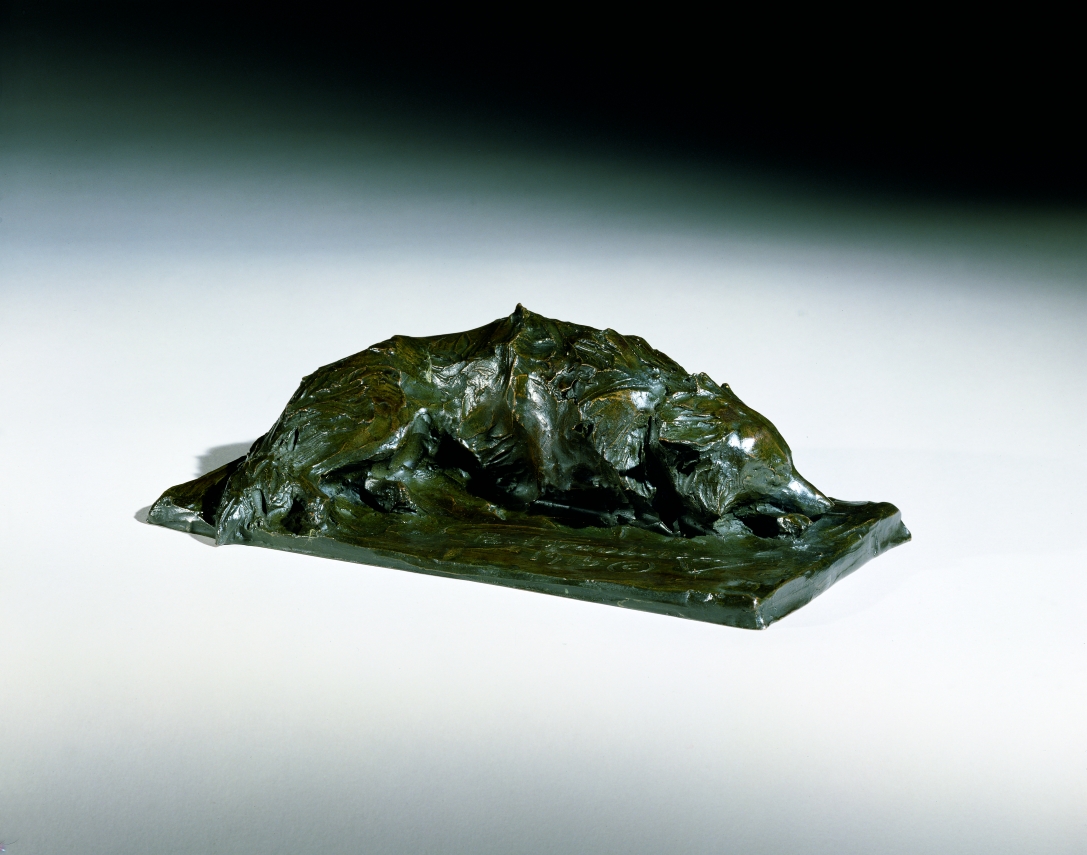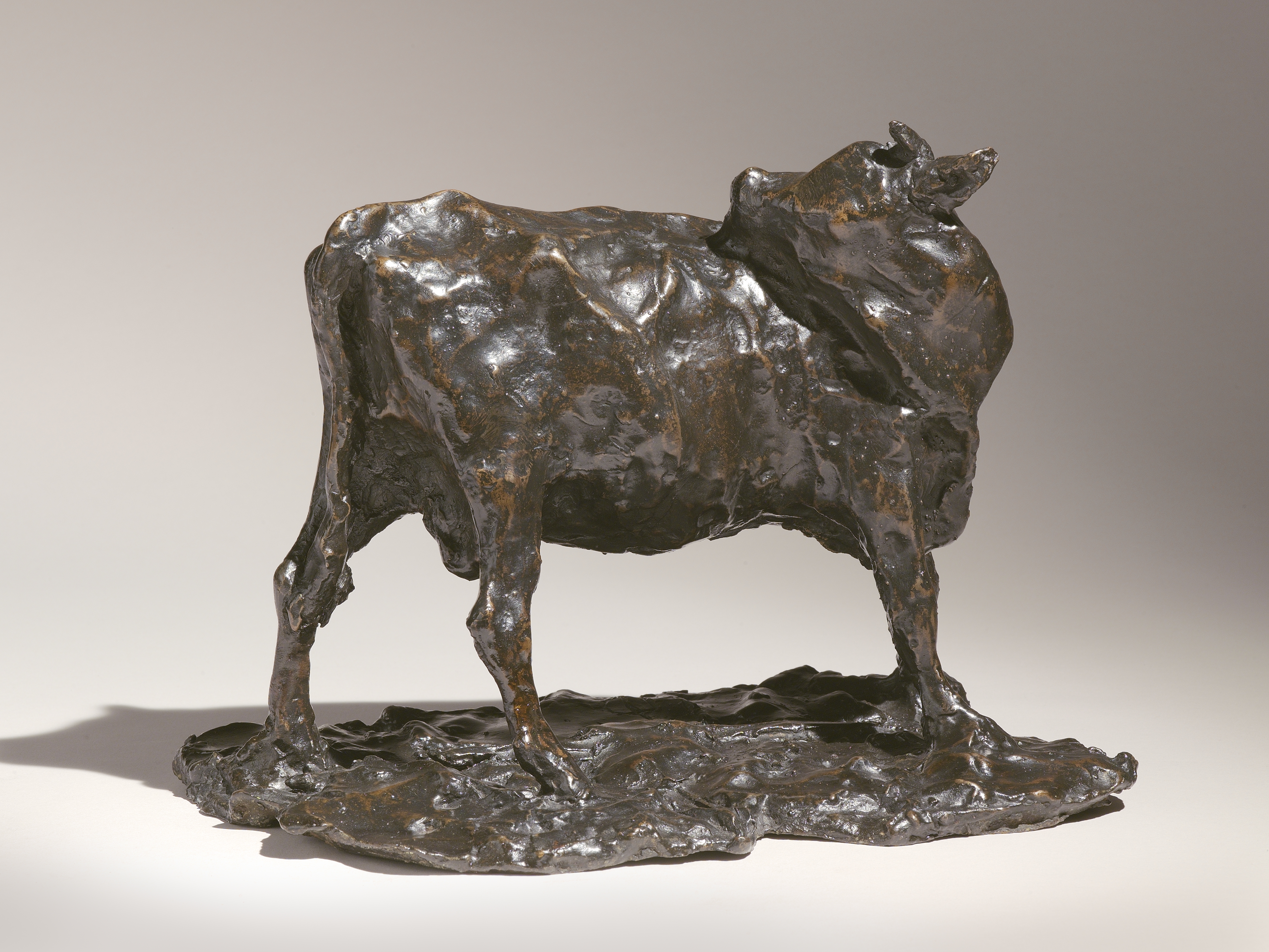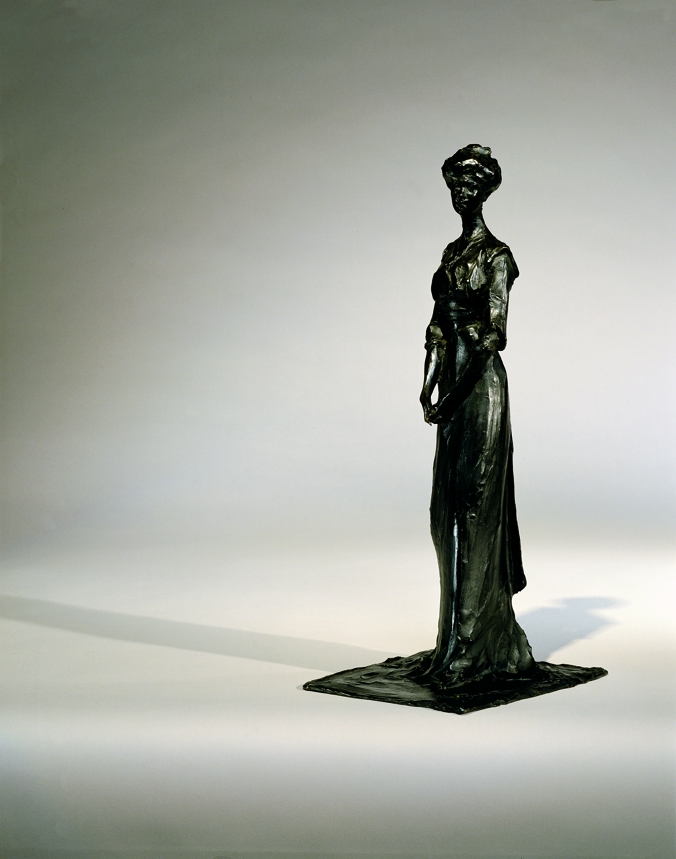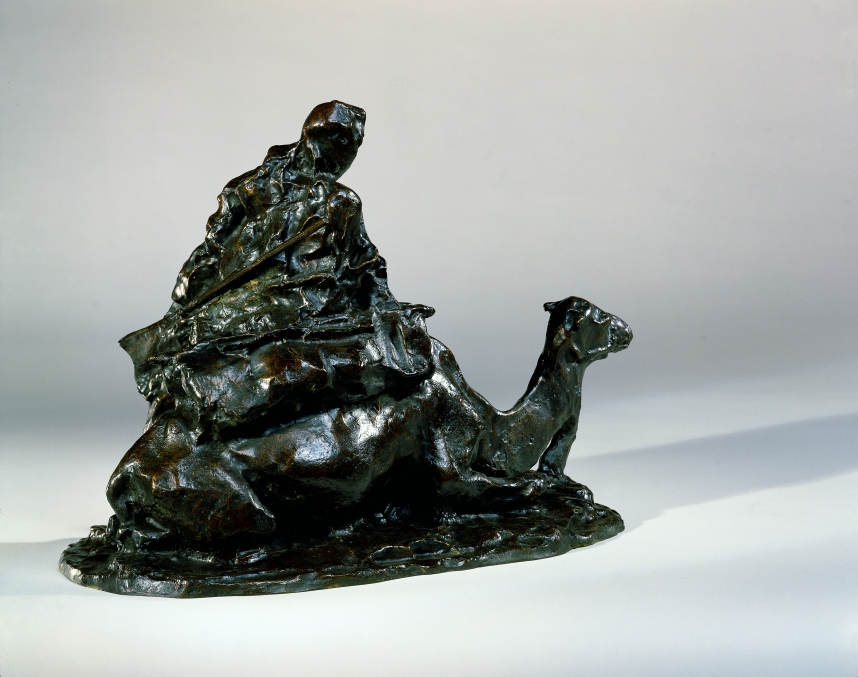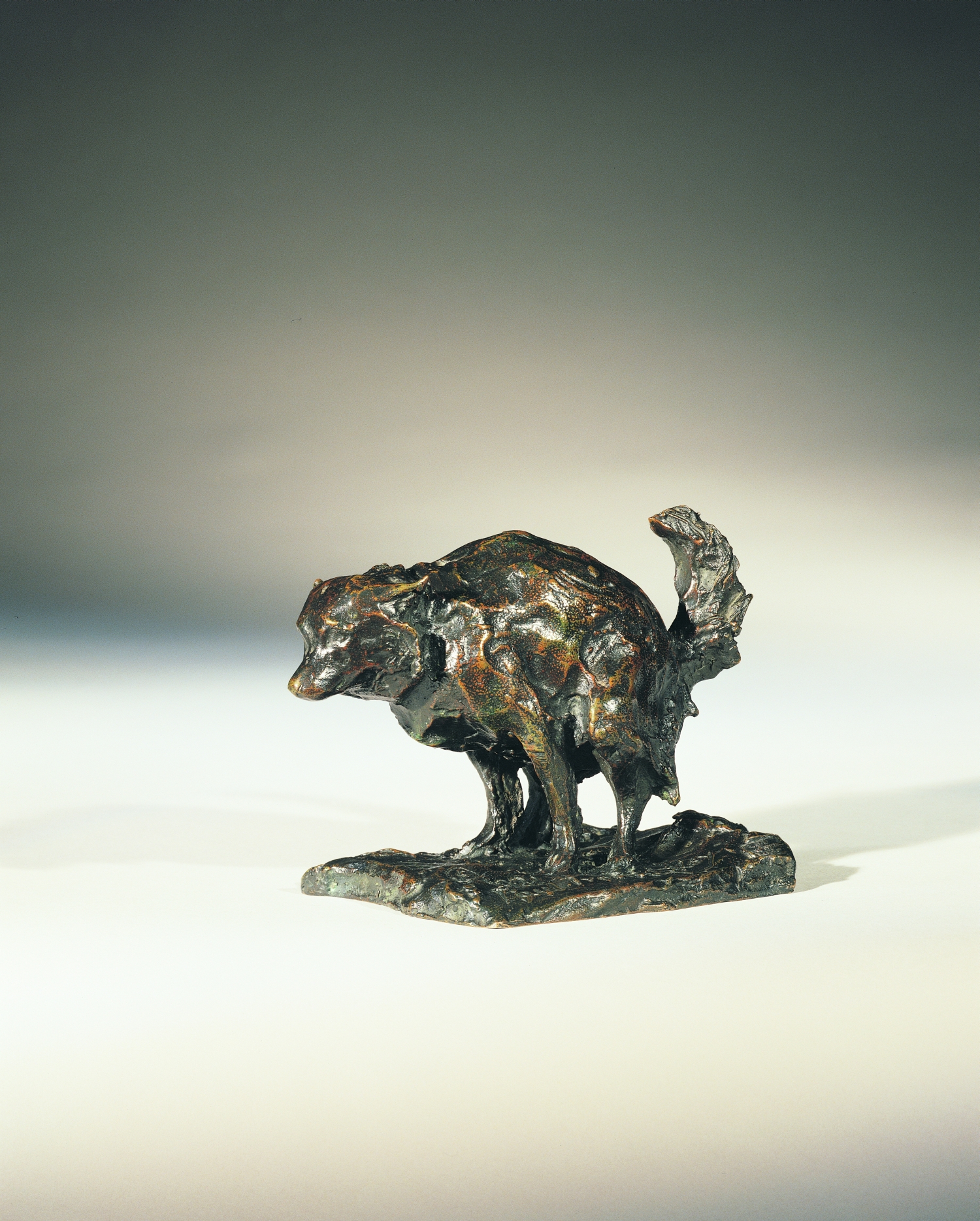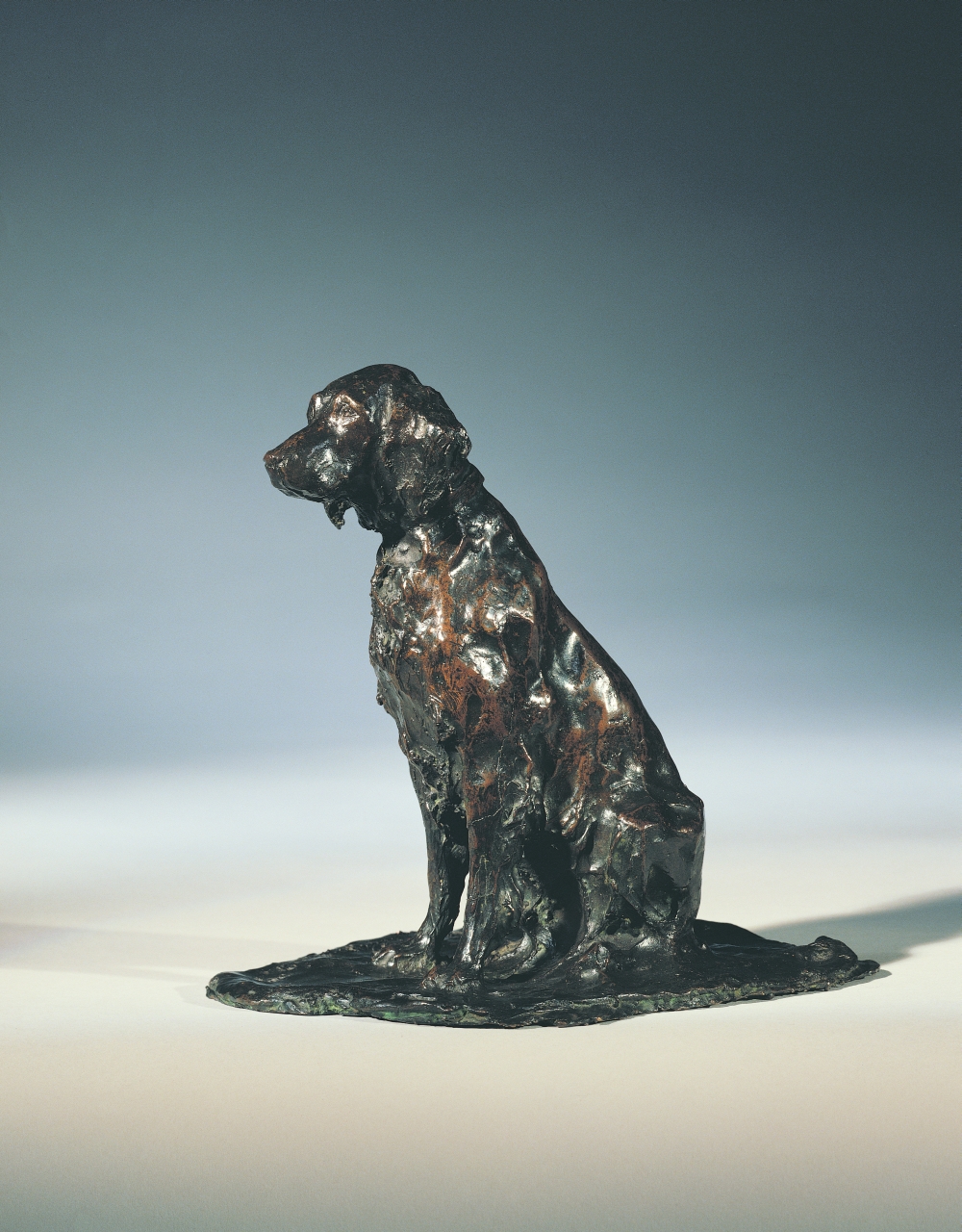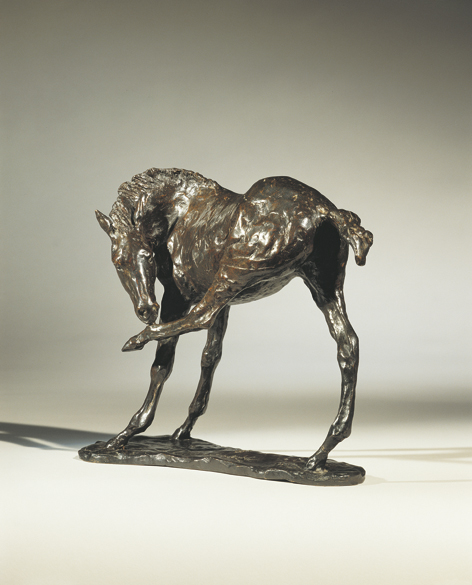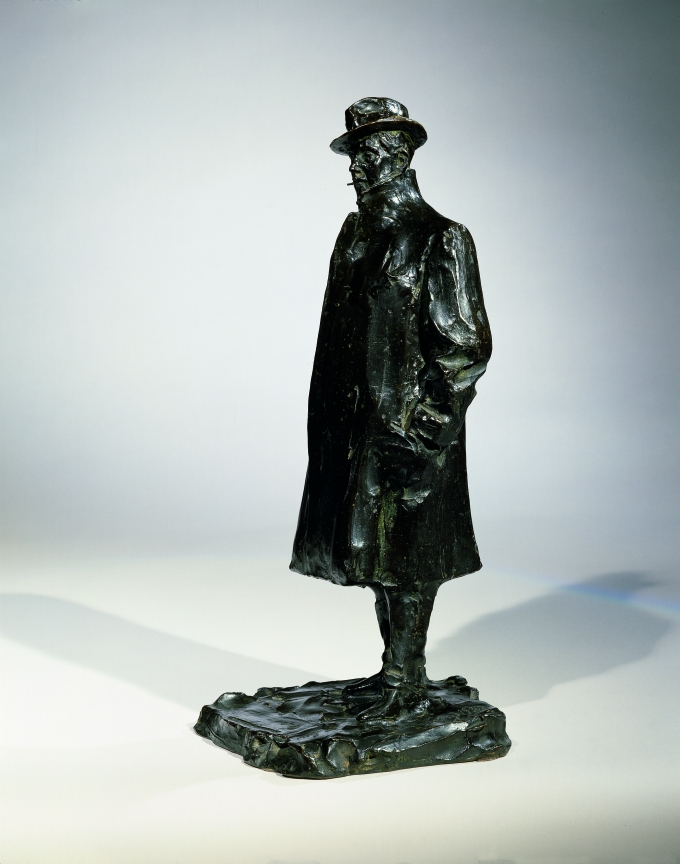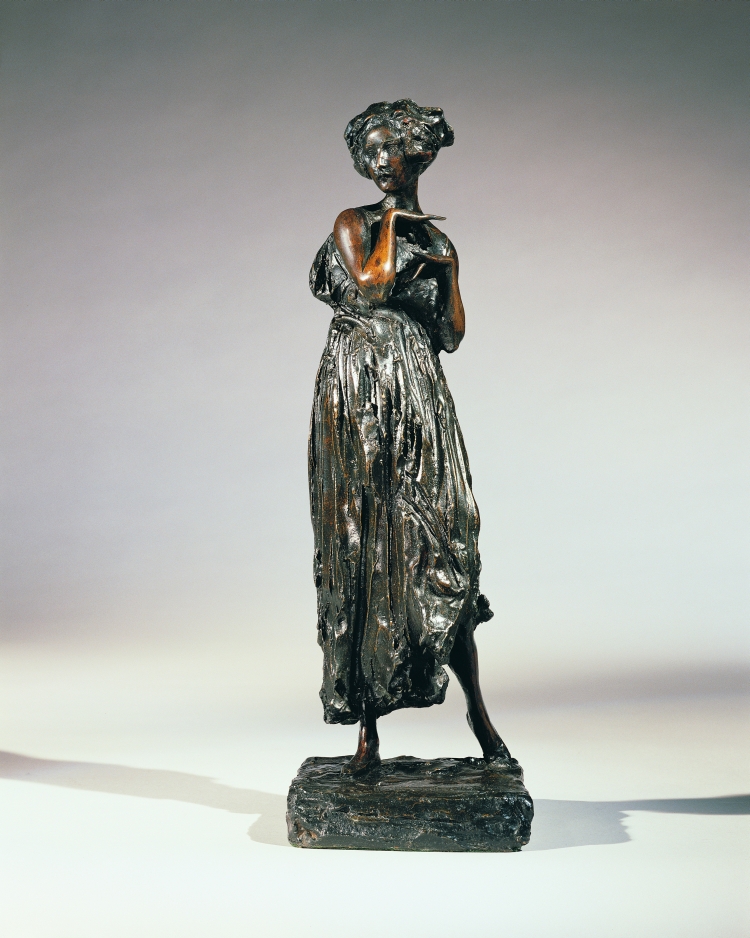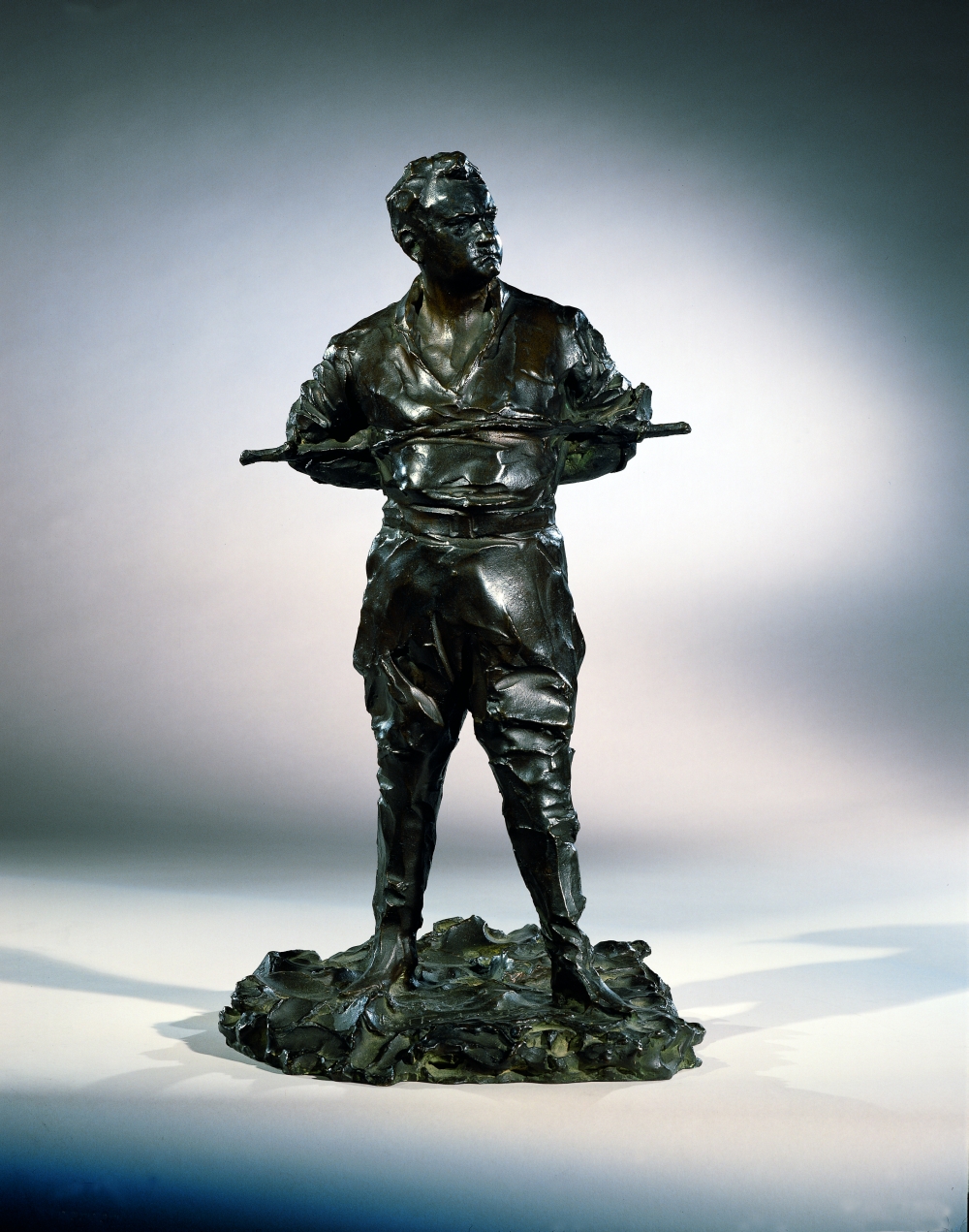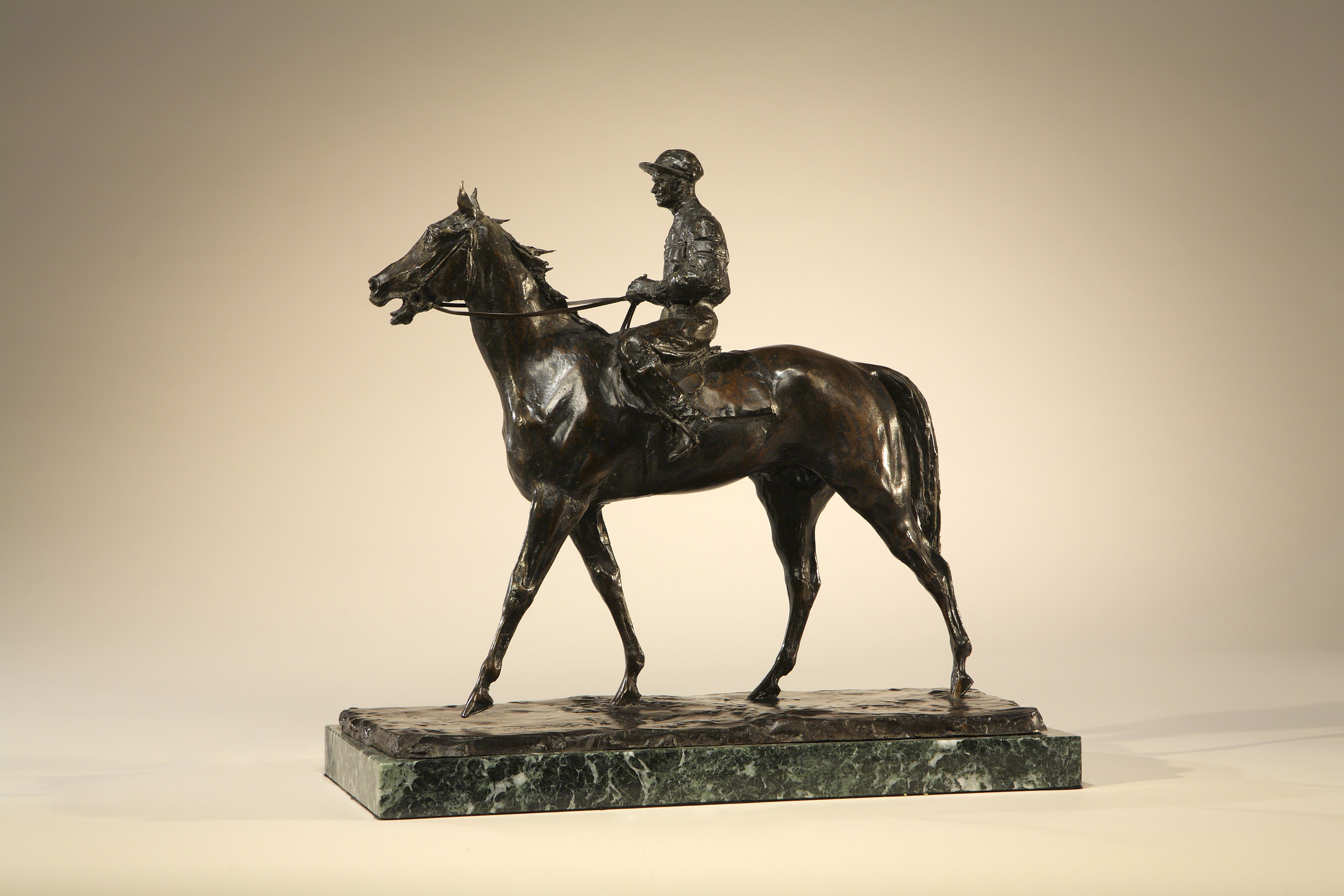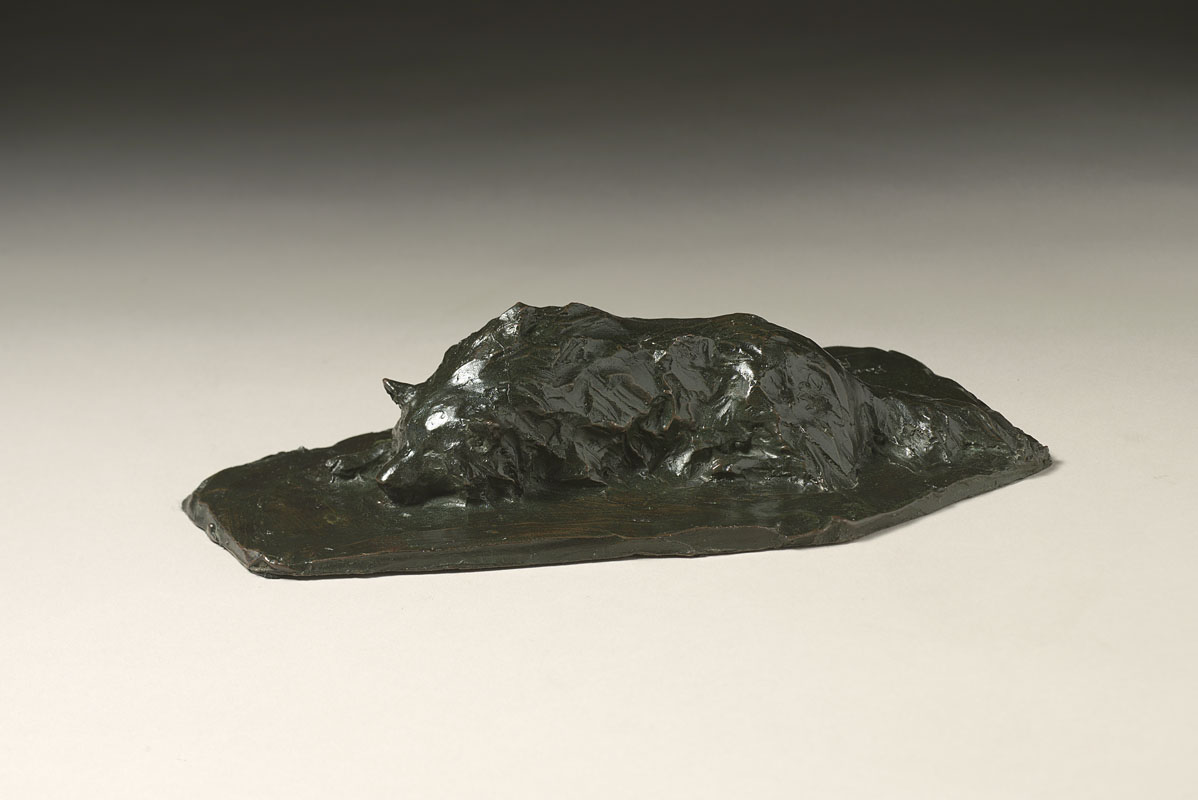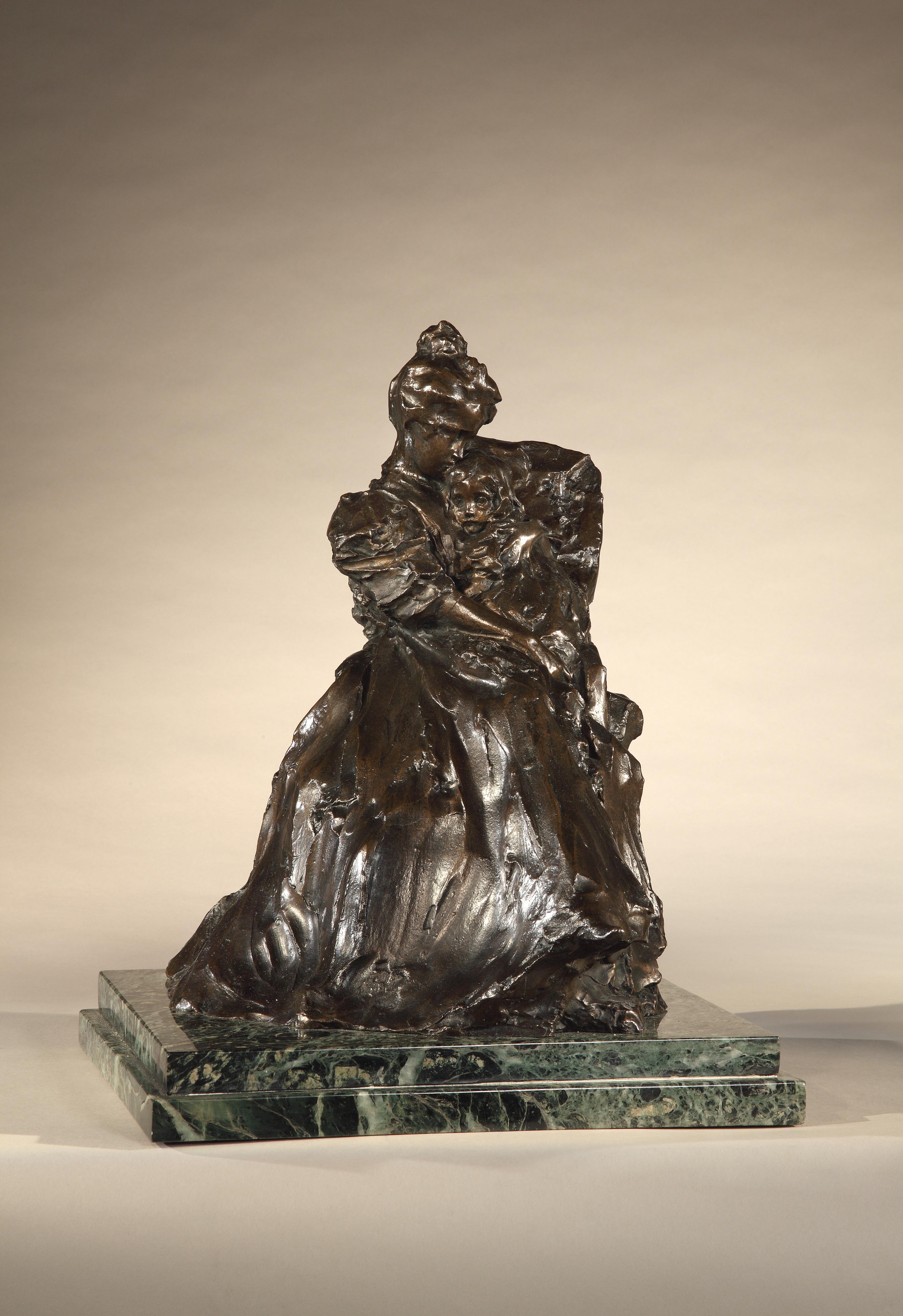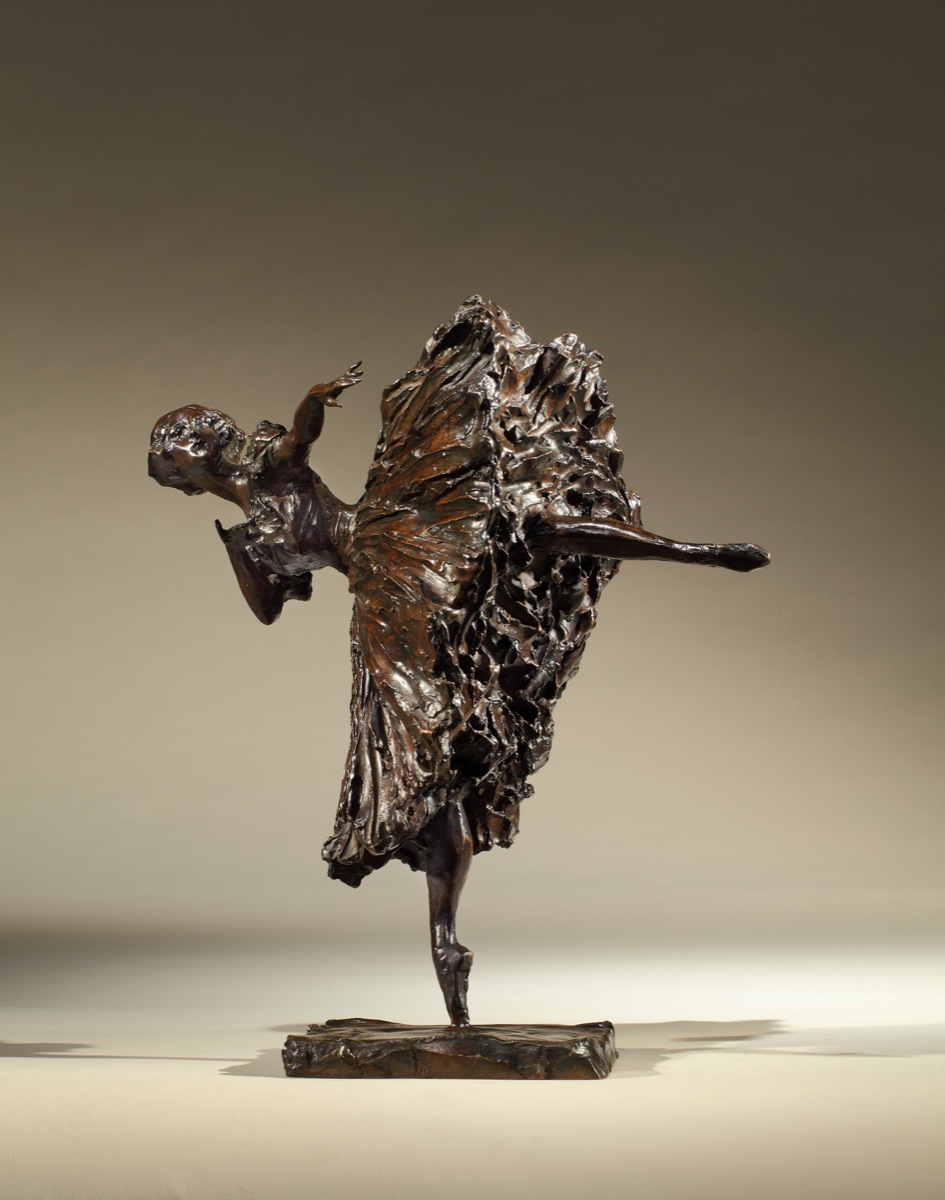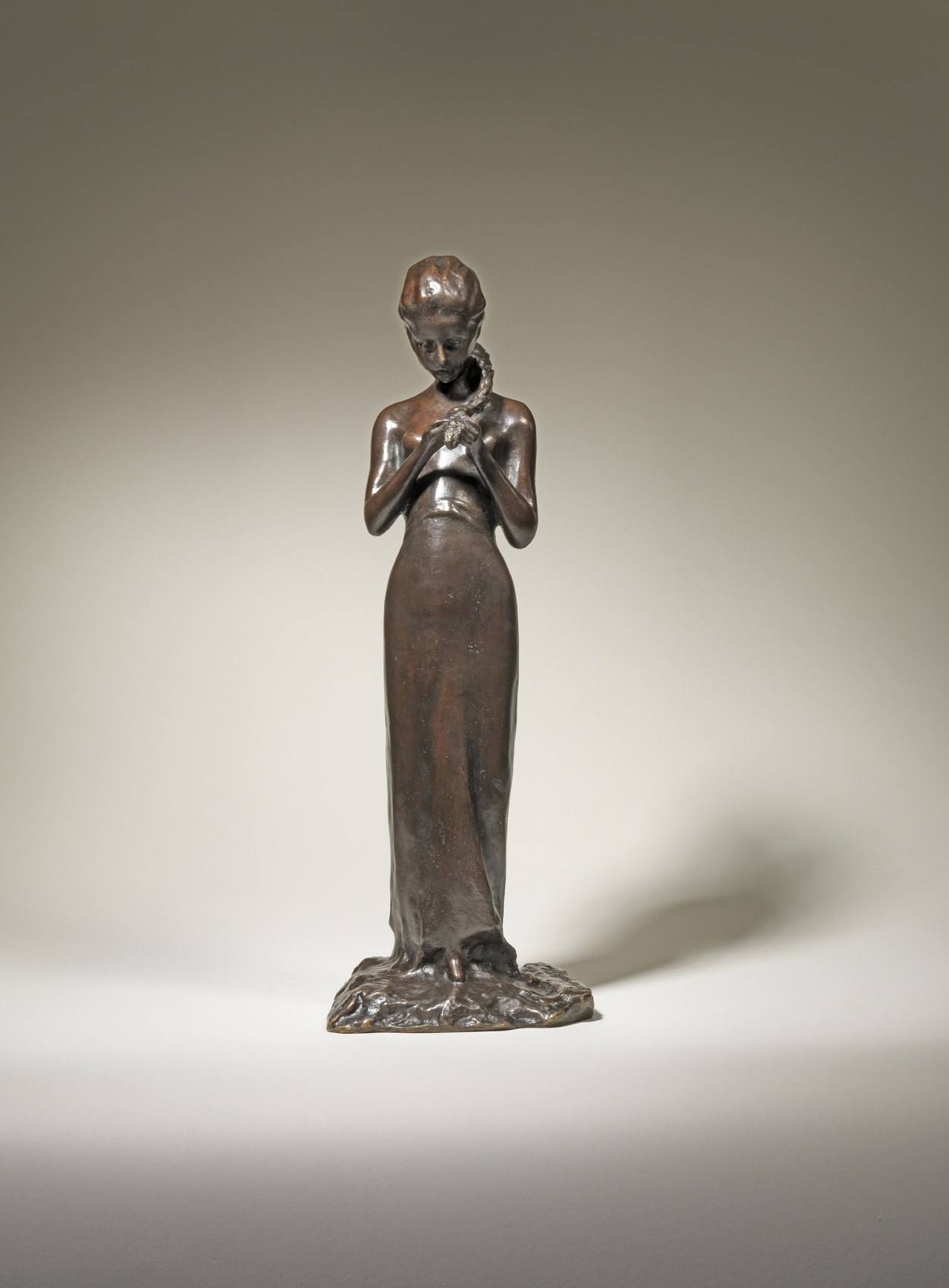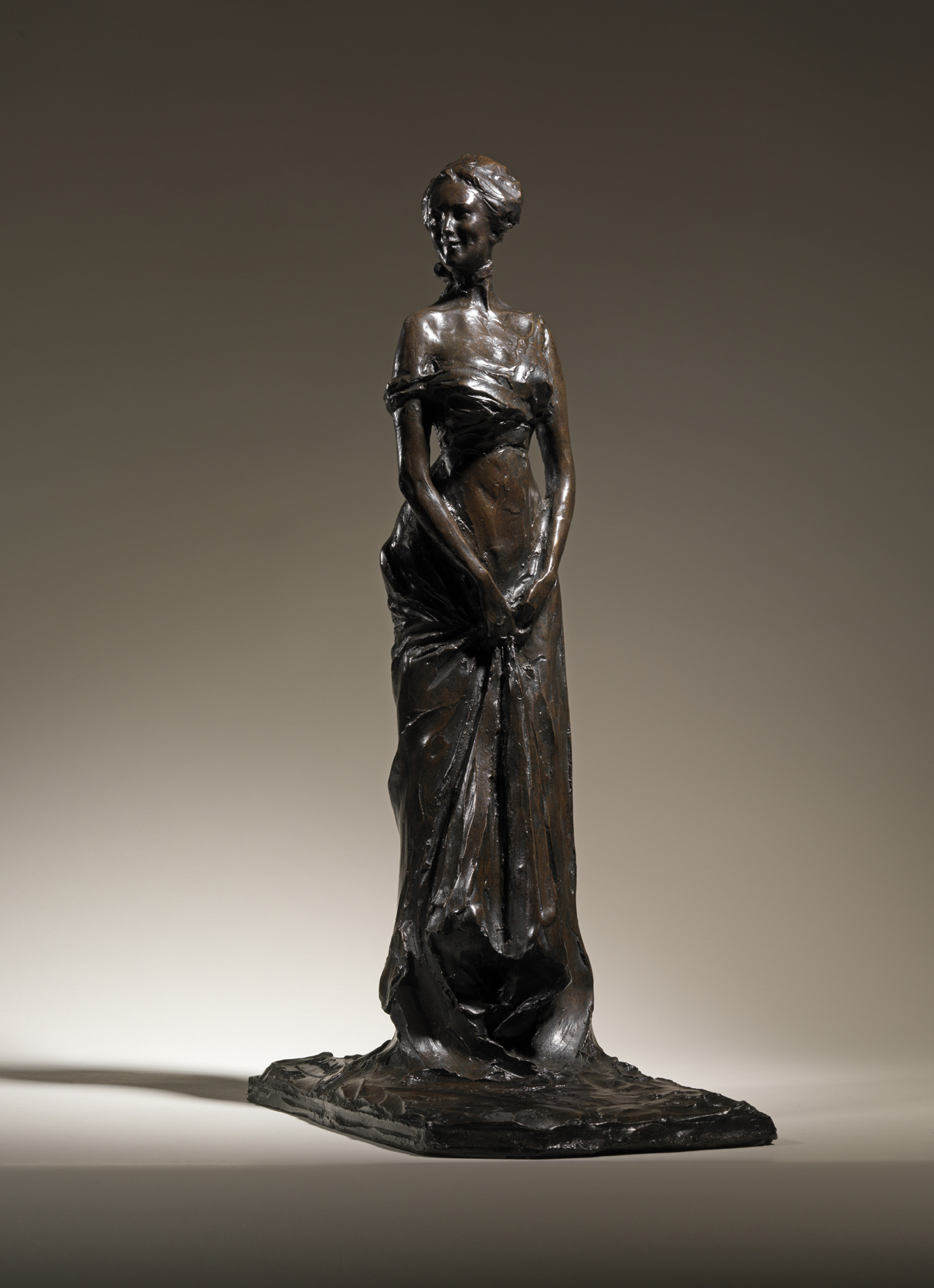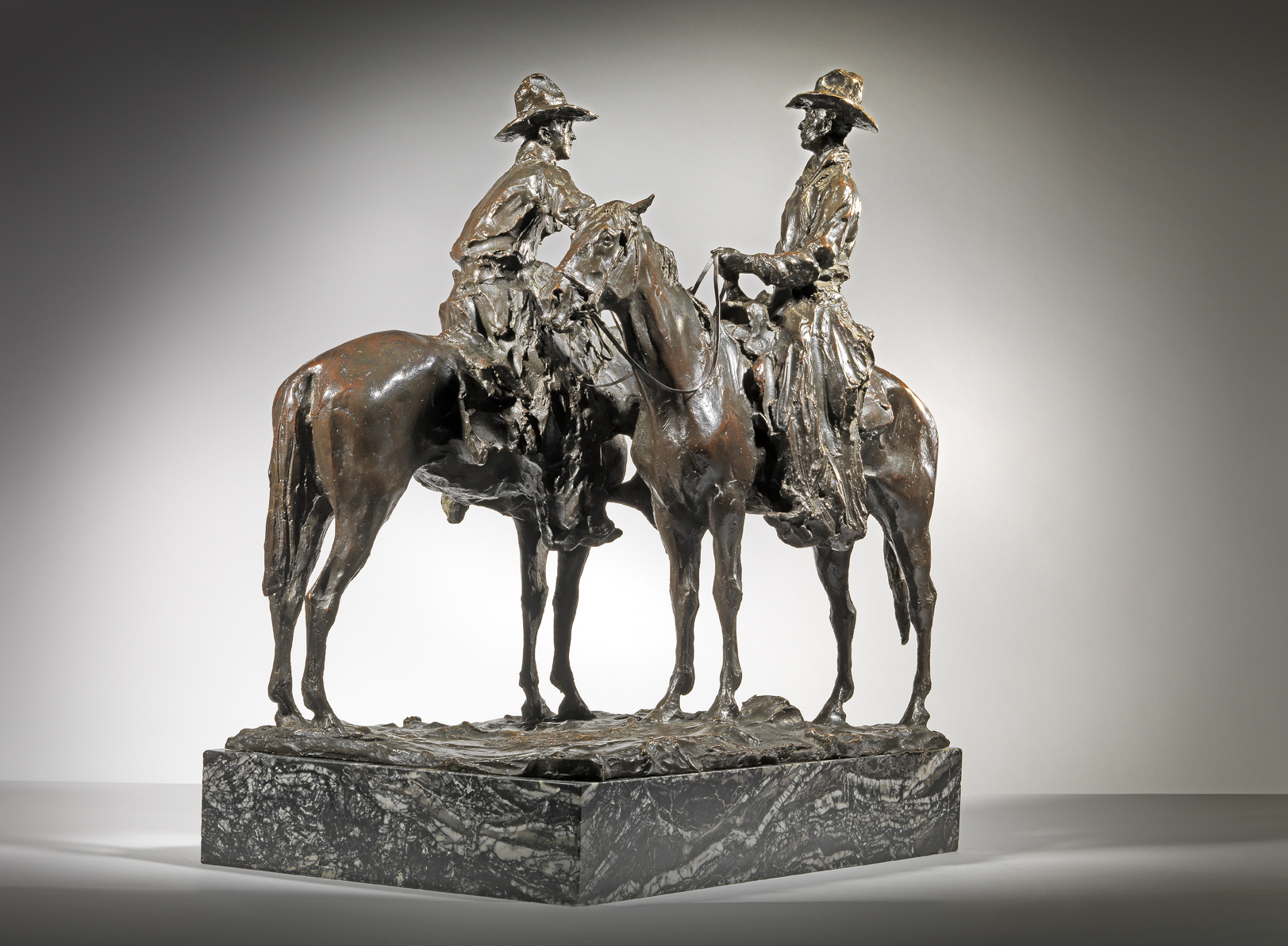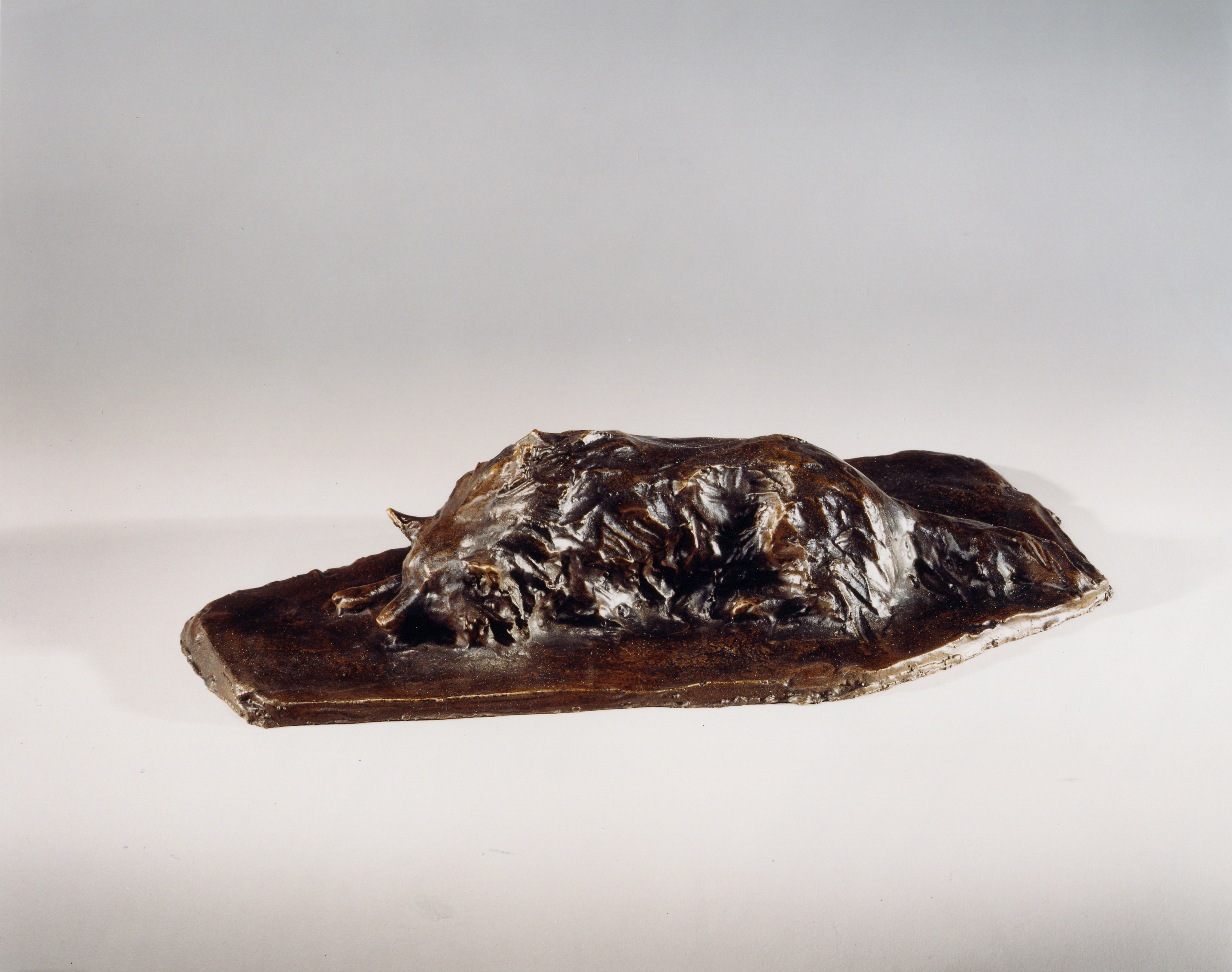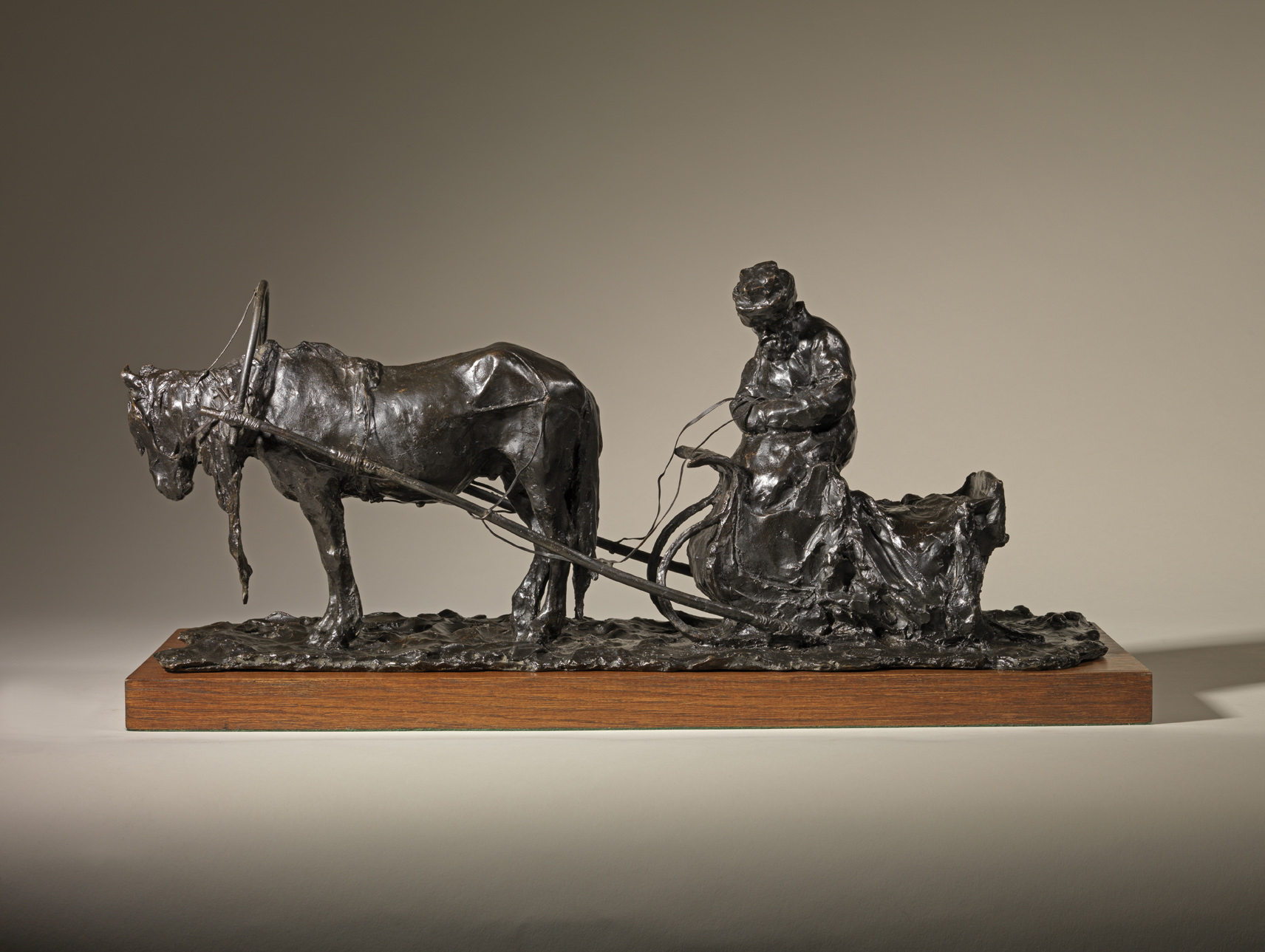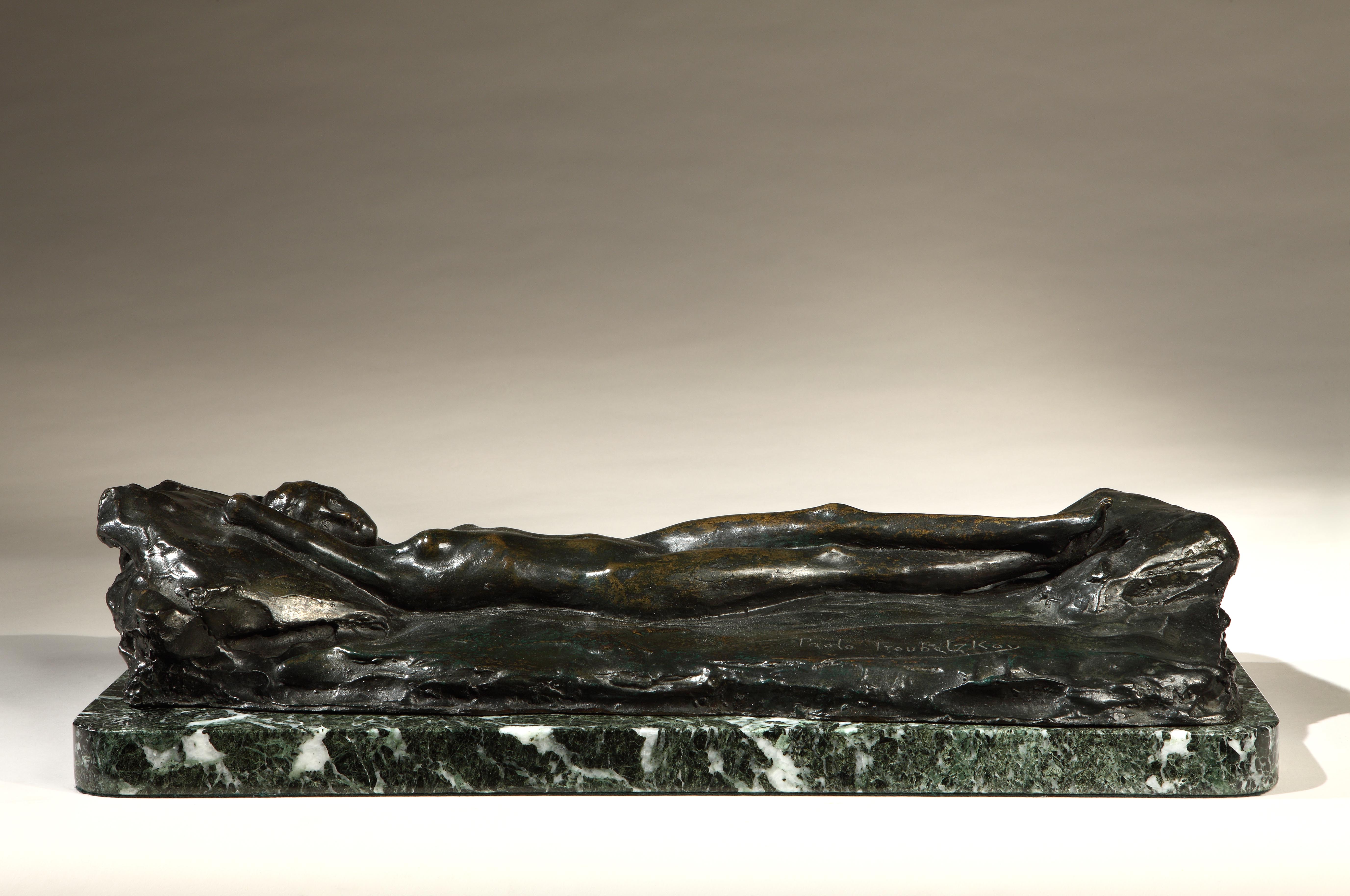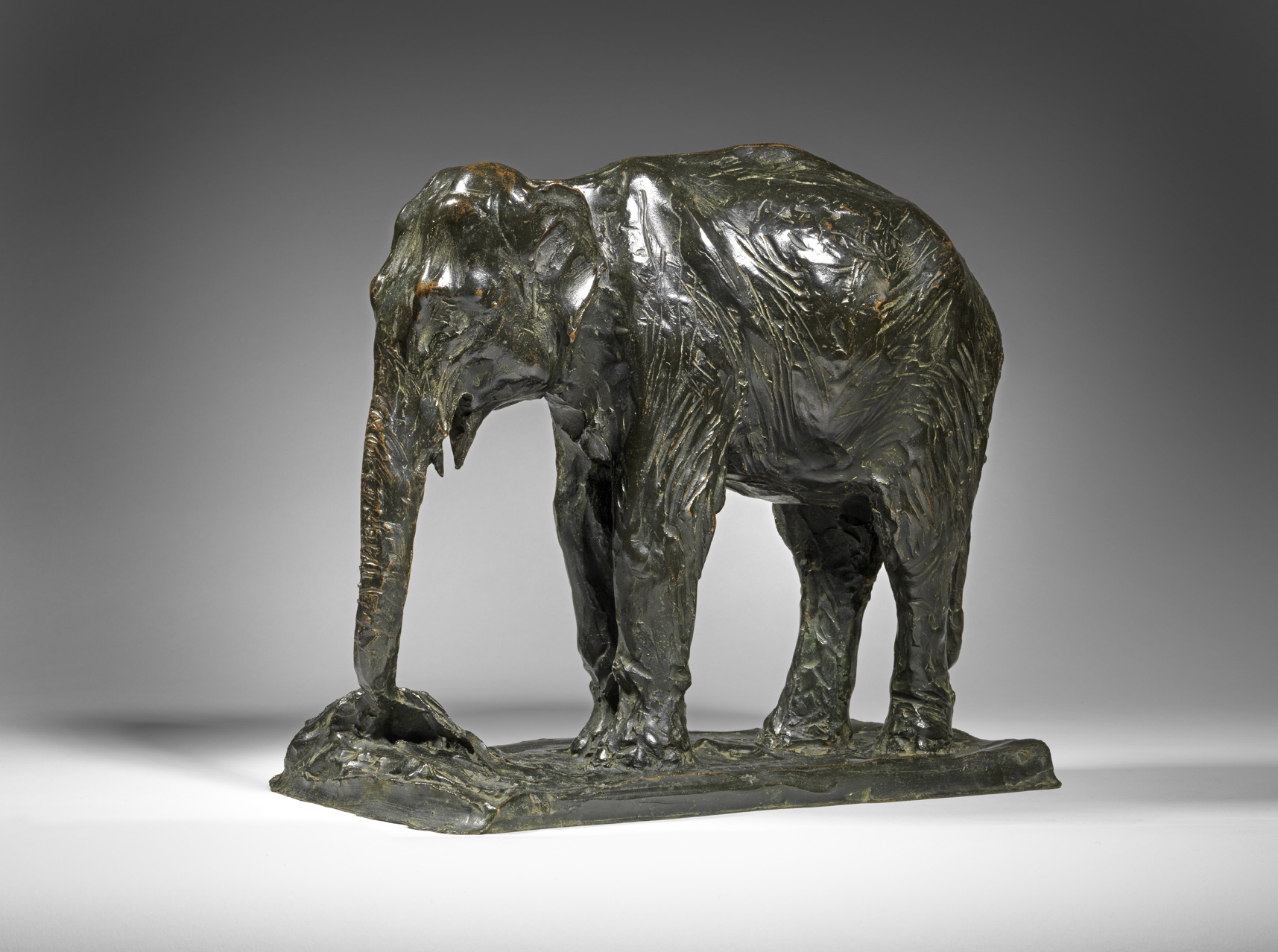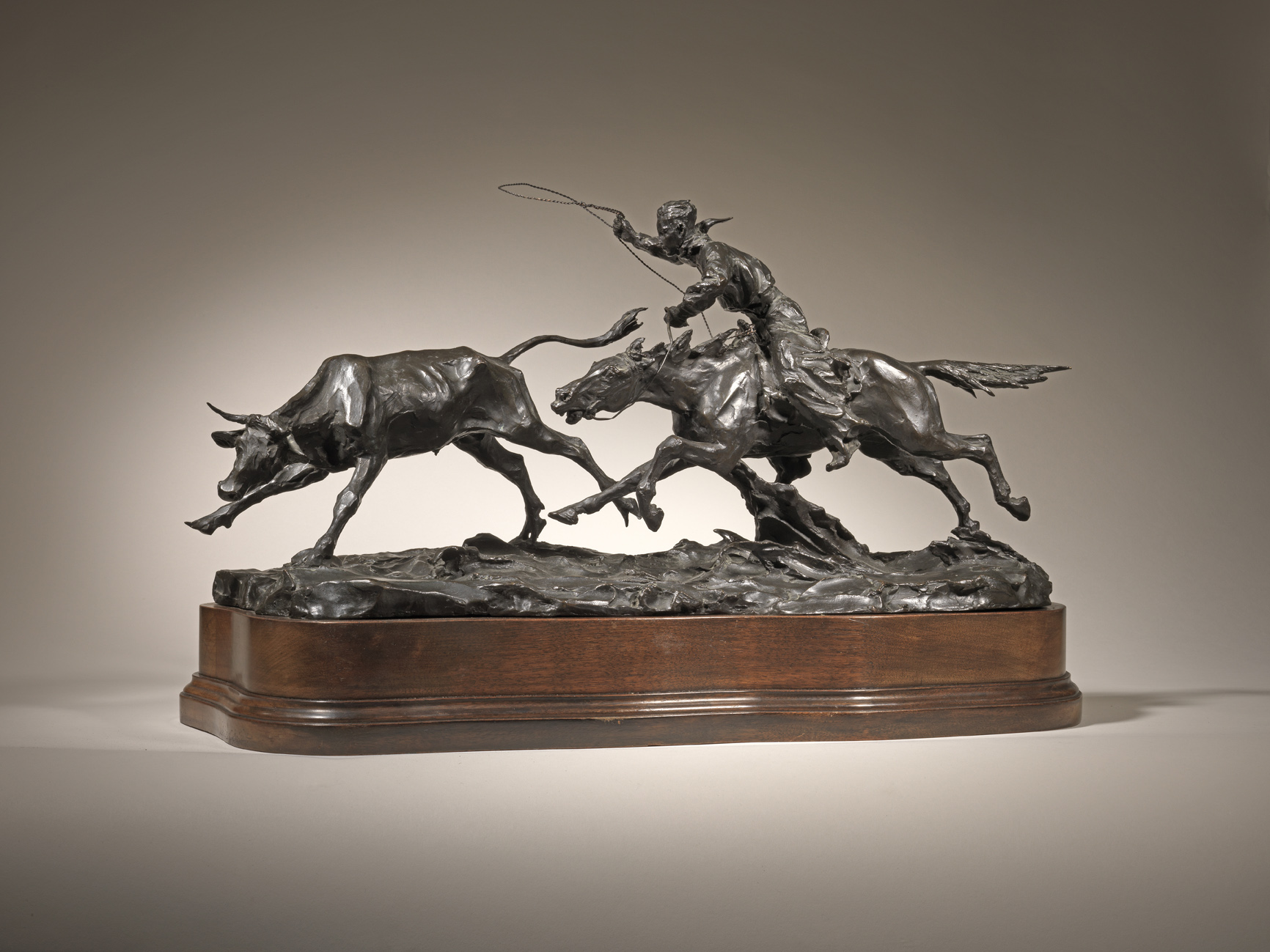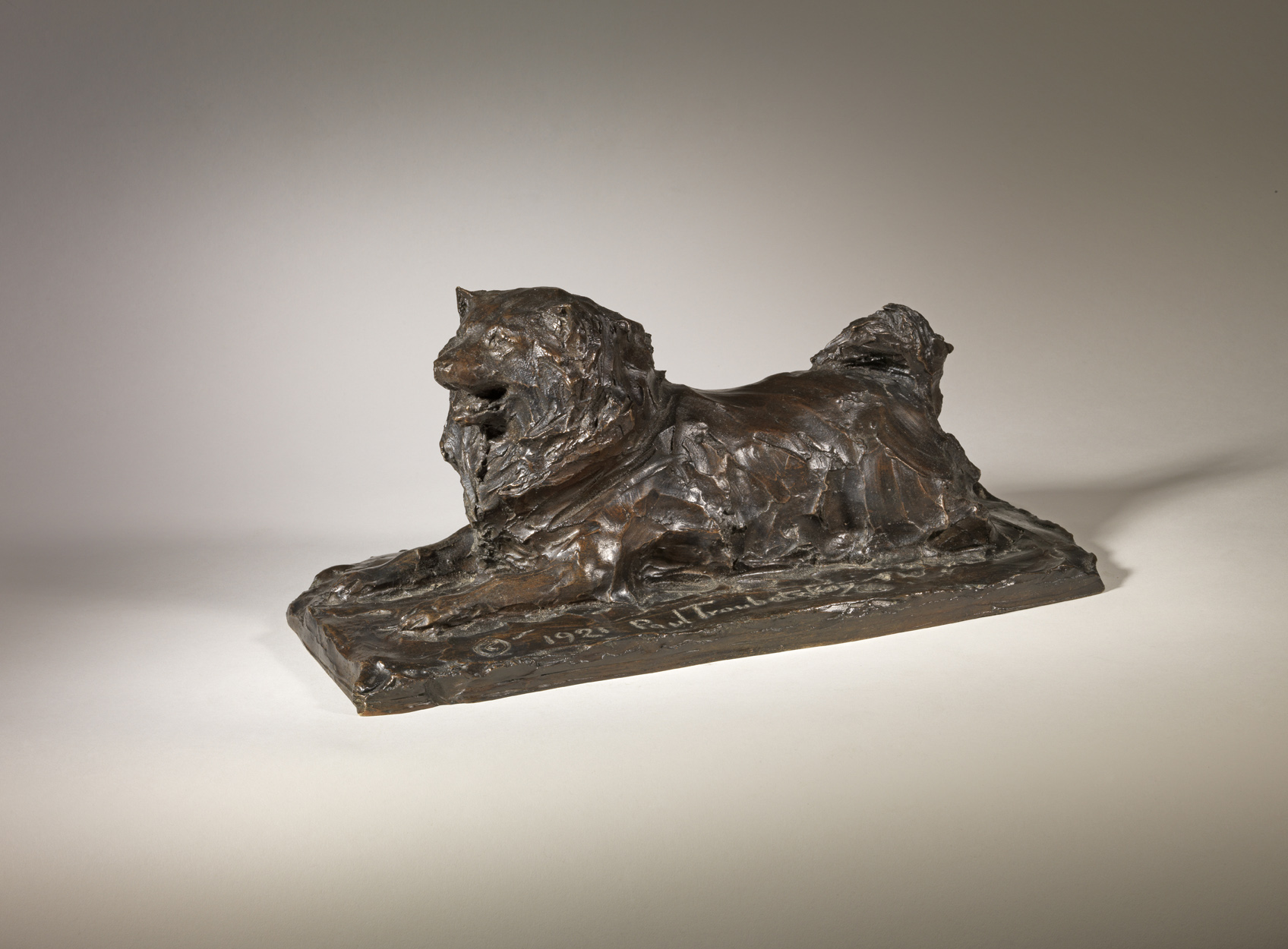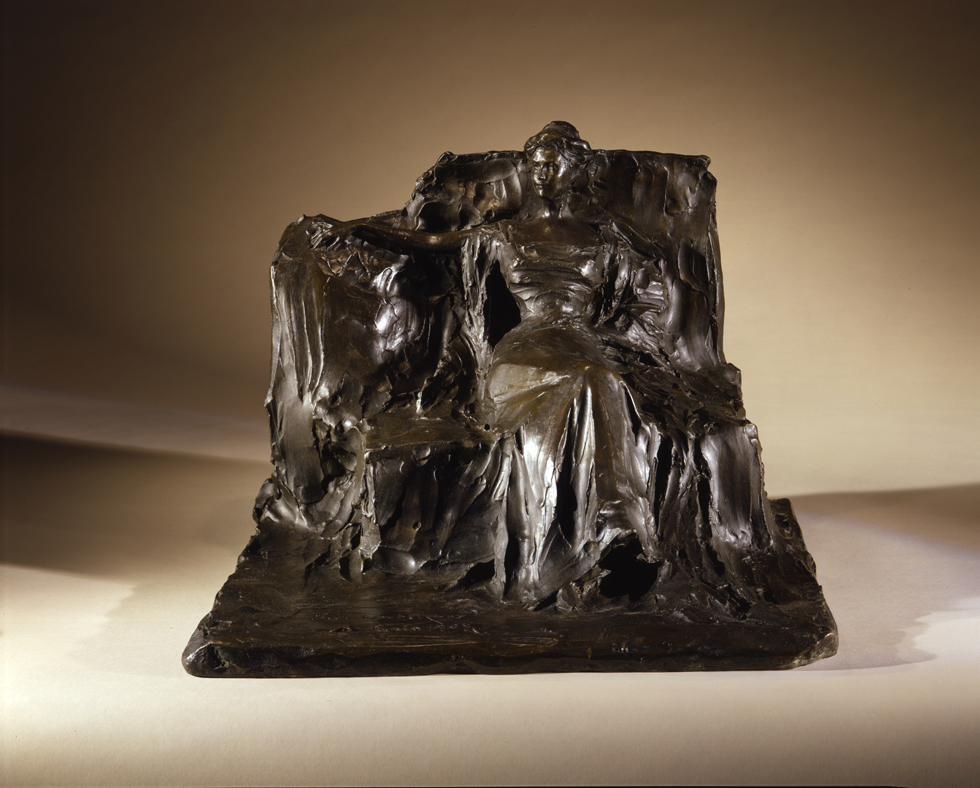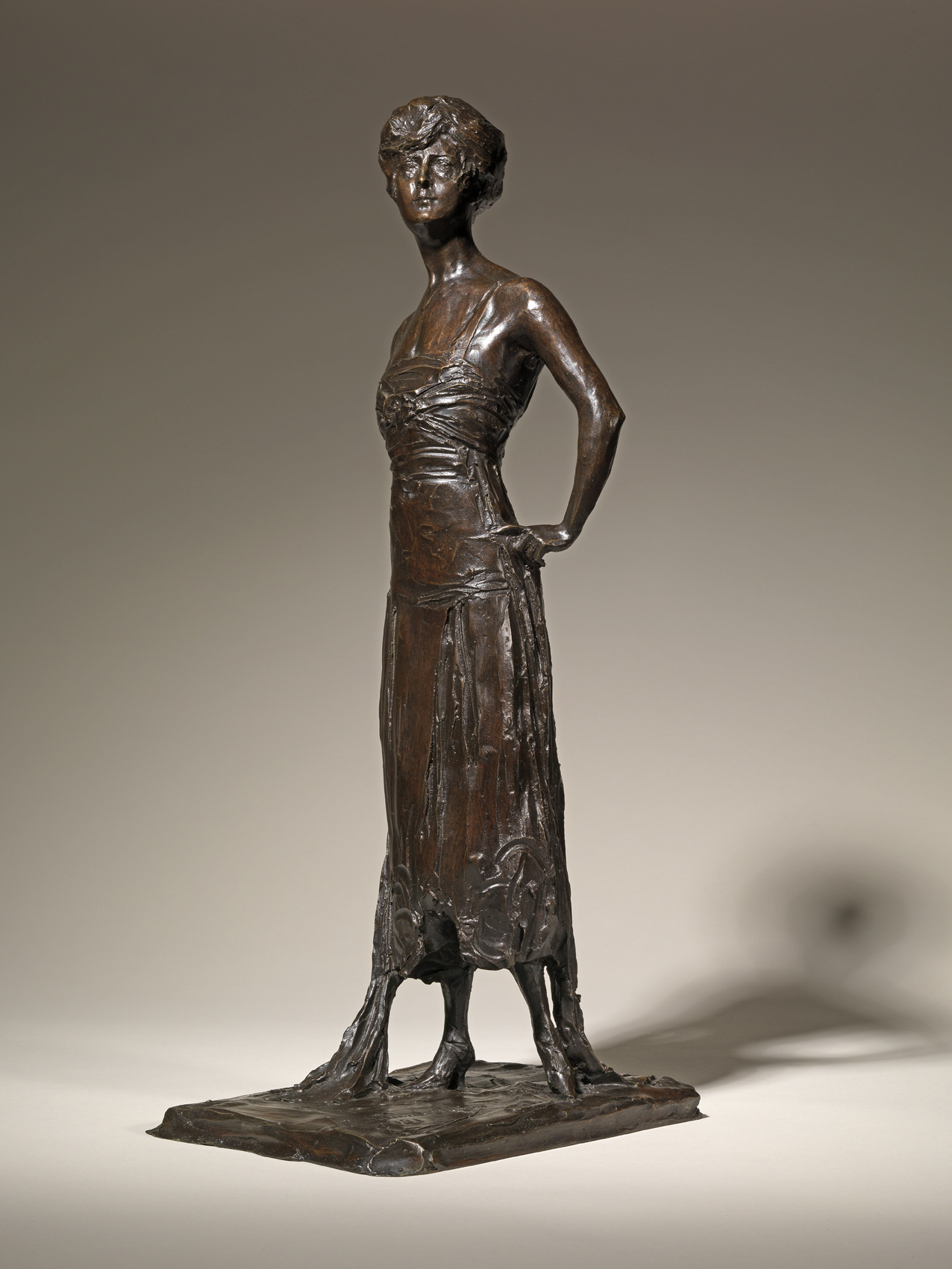
The most astonishing sculptor of modern times George Bernard Shaw
The son of a Russian prince and an American musician, Troubetzkoy was born in Italy but retained Russian nationality. Naturally at ease in high society, the sculptor moved across continents creating likenesses of the foremost figures of the day: artists, socialites, aristocrats, and industrialists. He became one of the most sought-after portrait sculptors of his day, the equivalent in sculpture of the flamboyant society painters John Singer Sargent and Giovanni Boldini. He modelled many highly significant cultural figures from Puccini to Robert de Montesquiou, alongside the aristocratic sitters whose portraits he rendered so evocatively.
Heralded as the father of Impressionist animal sculpture, Troubetkzoy taught and influenced a generation of artists. His passionate love of animals is reflected in their frequent appearances in many of his most celebrated portraits. His fingers moved quickly and intuitively through the malleable plastilene to produce lifelike maquettes which were equally captivating when cast in bronze. A passionate vegetarian and pioneering animal-rights advocate, Troubetzkoy kept a collection of hounds, wolves and even bears.
Paul Troubetzkoy was born in 1866 at Intra, a town on the shore of Lake Maggiore in northwest Italy, not far from the border with Switzerland and about sixty miles from Milan.
His father, a Russian prince of ancient lineage, had married an American opera singer and settled in Italy, to which the much-travelled Paul would remain connected for the whole of his life. An attempt to interest him in the affairs of the family’s Russian estates was short-lived and he resolved instead to become a sculptor, studying with Ernesto Bazzaro in Milan. Through Bazzaro, the origins of Troubetzkoy’s style can be traced back to Giuseppe Grandi and the Scapigliatura movement. Breaking with academic tradition in the same years as the Impressionists, their counterparts in Paris, the ‘Scapigliati’, as they were known, had formed an avant-garde group in Milan in the 1860s and 1870s, experimenting with new approaches to light and form. Troubetzkoy recognised that their technical innovations had the potential to impart the vibrancy of the immediate experience of life to the medium of sculpture, and this led to his masterpieces in which a virtuoso modelling of surface describes form with unequalled vitality.
Naturally at ease in high society, the sculptor moved across continents creating likenesses of the foremost figures of the day: artists, socialites, aristocrats and industrialists. After his initial success in Italy, in 1897 he was summoned to teach in Russia, where he produced a public monument to the late Tsar Alexander III as well as several portraits of Tolstoy. A period in Paris followed, where he modelled, among the city’s other leading lights, the most celebrated sculptor of the age, Auguste Rodin, with whom he maintained a friendship that lasted many years. An exhibition of his work in New York in 1911 led to a series of other exhibitions in major American cities, which established his reputation in the United States. He was in New York for another show when the First World War broke out in 1914, and he decided not to return to Europe, but instead stayed in America until 1921, travelling all the way to the West Coast. From 1921 onwards, he divided his time between a studio in Neuilly in western Paris and his villa on Lake Maggiore, where he died in 1938.
A passionate vegetarian and pioneering animal-rights advocate, Troubetzkoy kept a collection of hounds, wolves and even bears. The extent of his attachment to animals may be gauged from the titles of two of his works: ‘How can you eat me?’ (depicting a lamb) and ‘Ghouls’ (intended to educate by simultaneously showing a hyena tearing at a piece of flesh and a man sitting at a table displaying all the trappings of bourgeois prosperity, intent on cutting a piece of meat). His exhibitions included many portraits of animals known to him, and his human sitters are often represented in the company of animals or on horseback. He took part in the Salon des Artistes Animaliers in Paris in 1913, where he showed five sculptures.
Artworks
View all Artworks >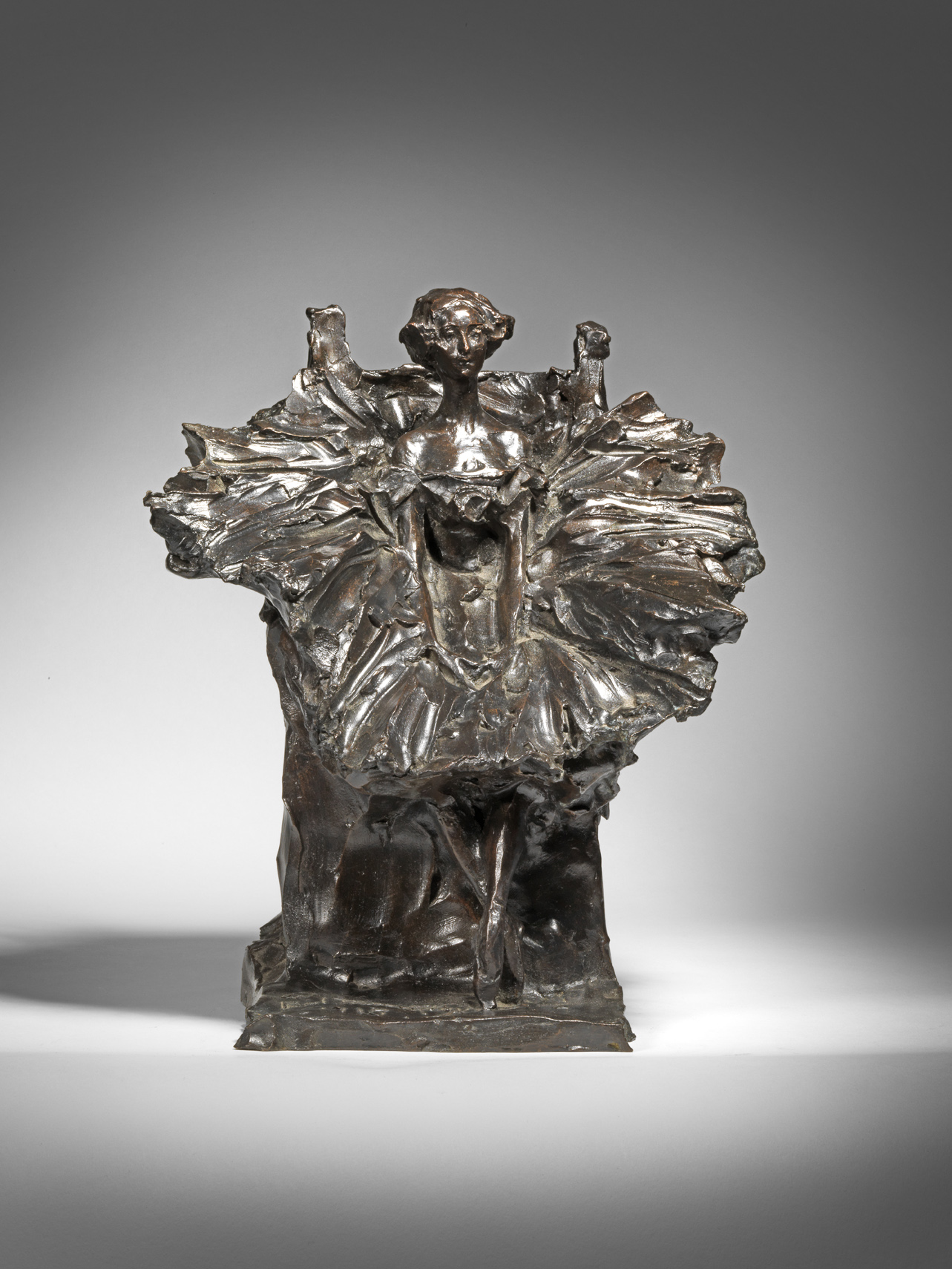
Anna Pavlova, Seated, 1915
Prince Paul Troubetzkoy
A rare, fine quality, early twentieth century bronze model of ‘Anna Pavlova, Seated’ by Prince Paul Troubetzkoy (Russian, 1866-1938). This bronze was produced using the […]


